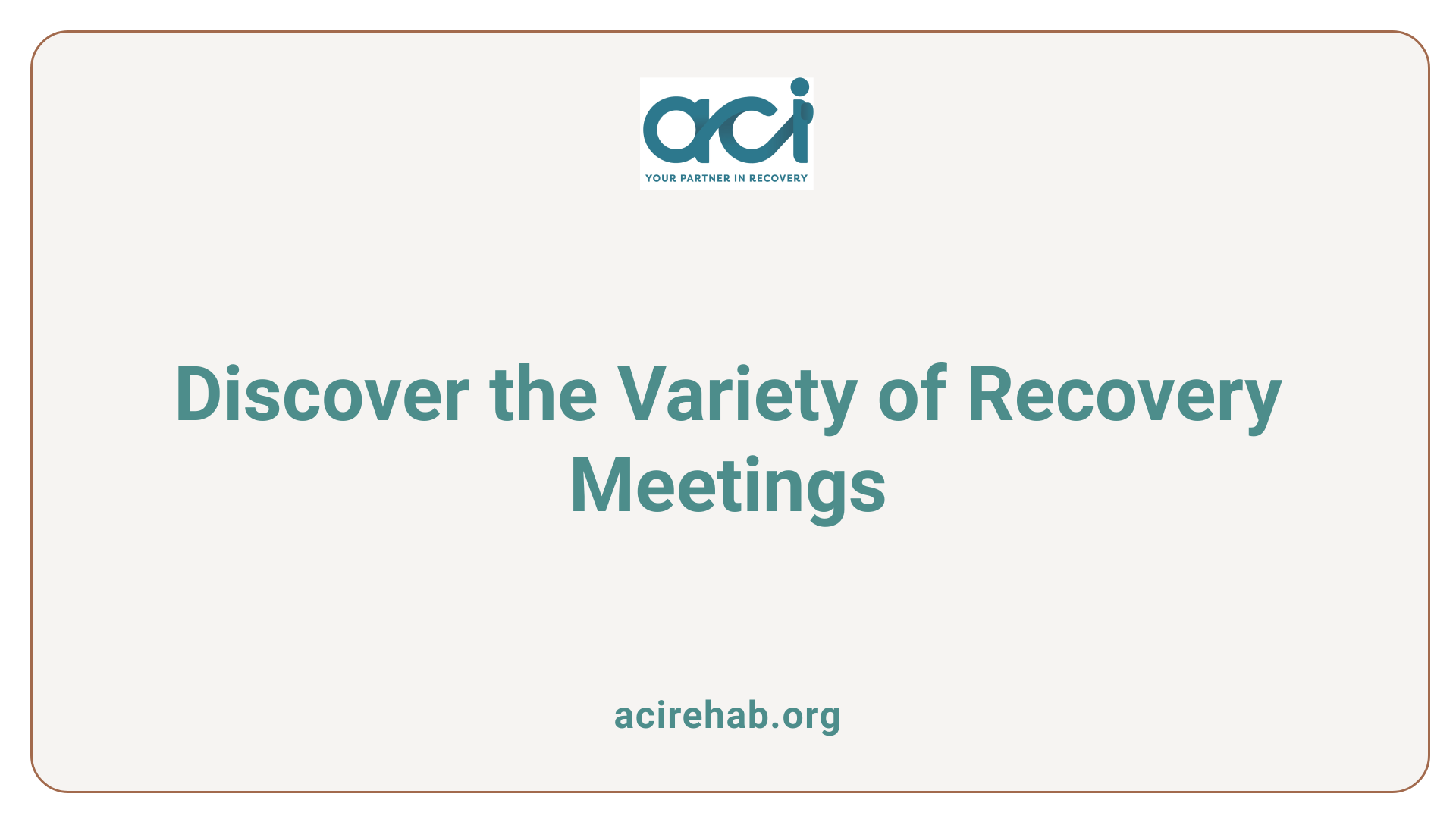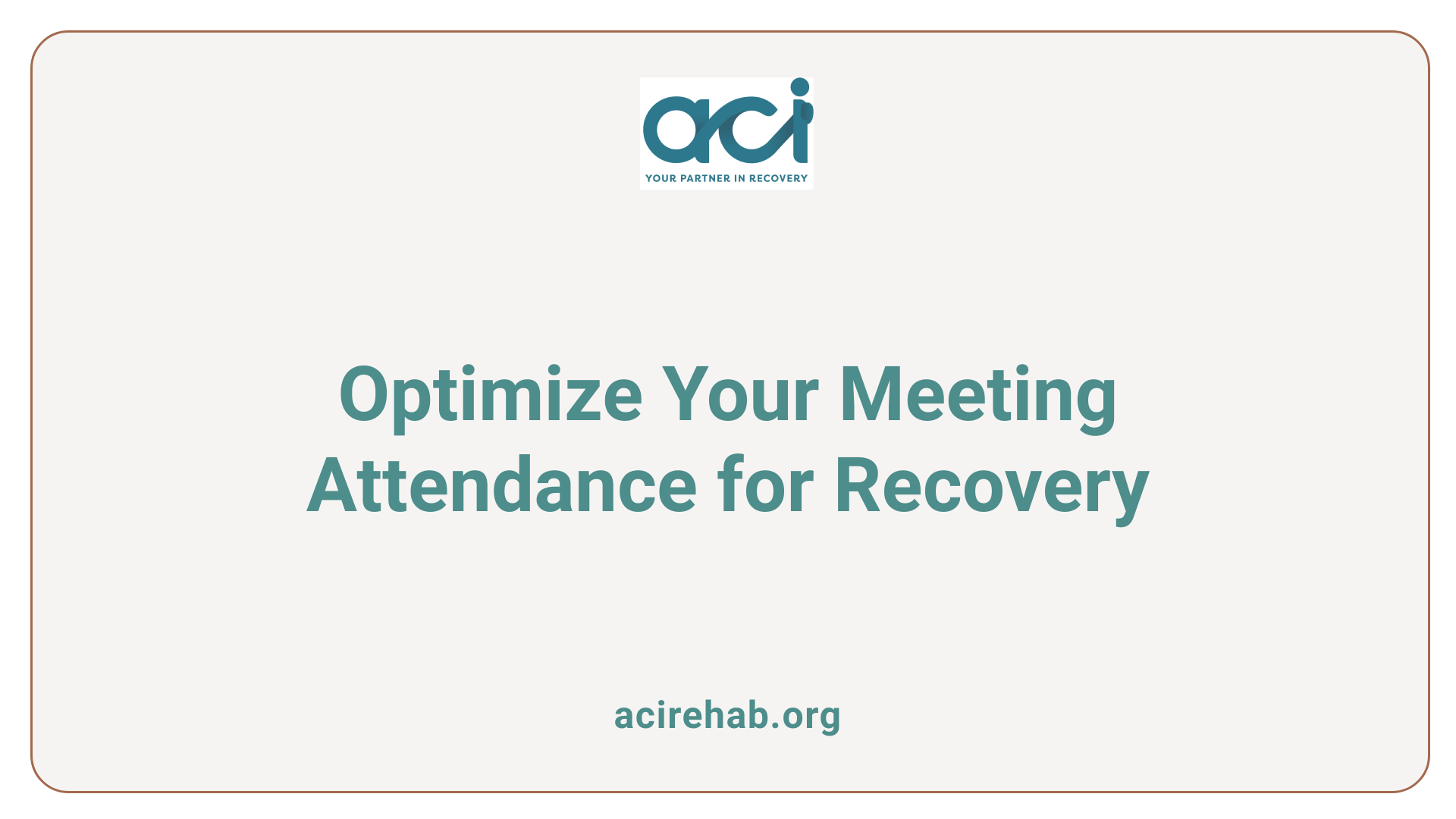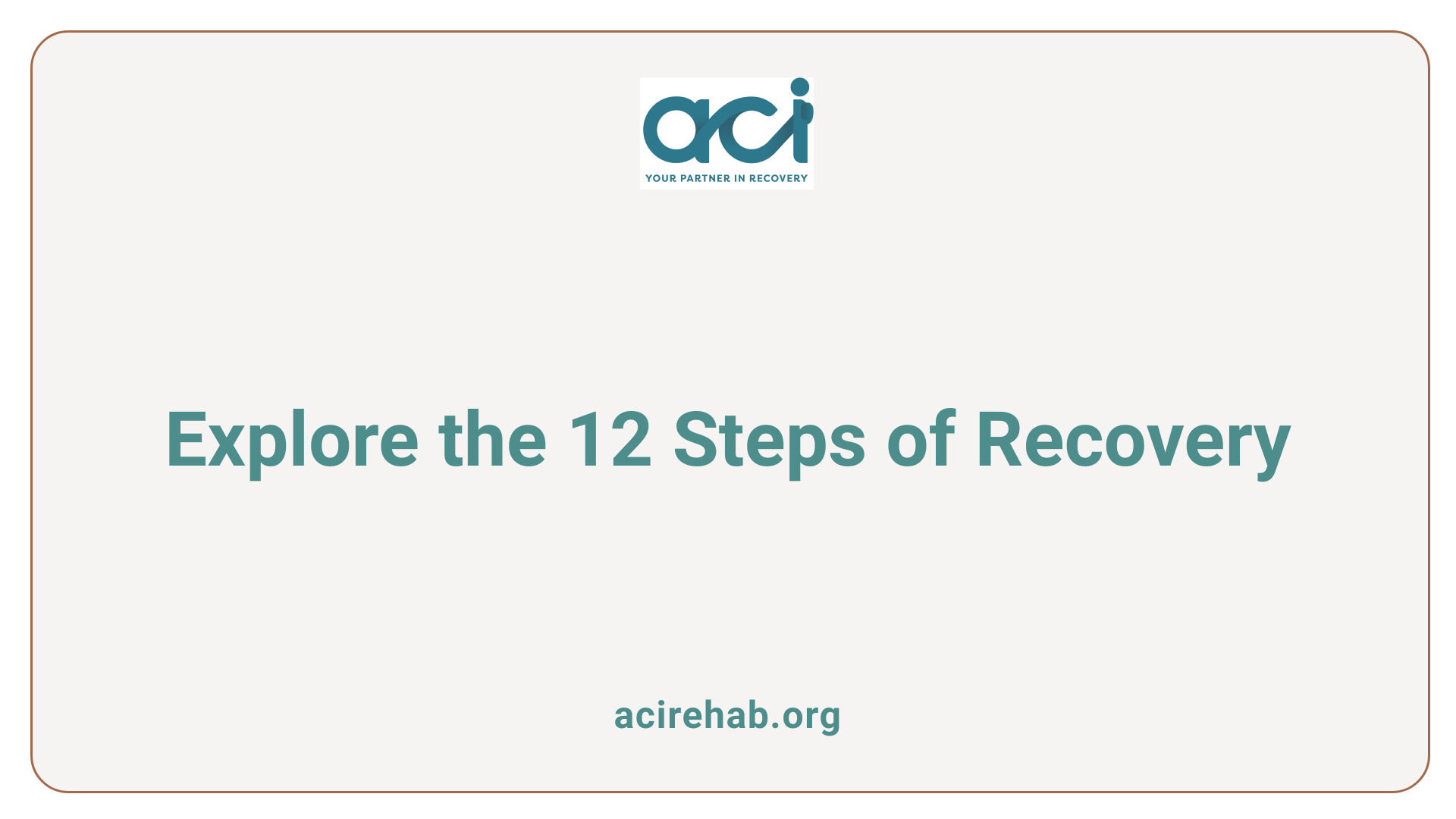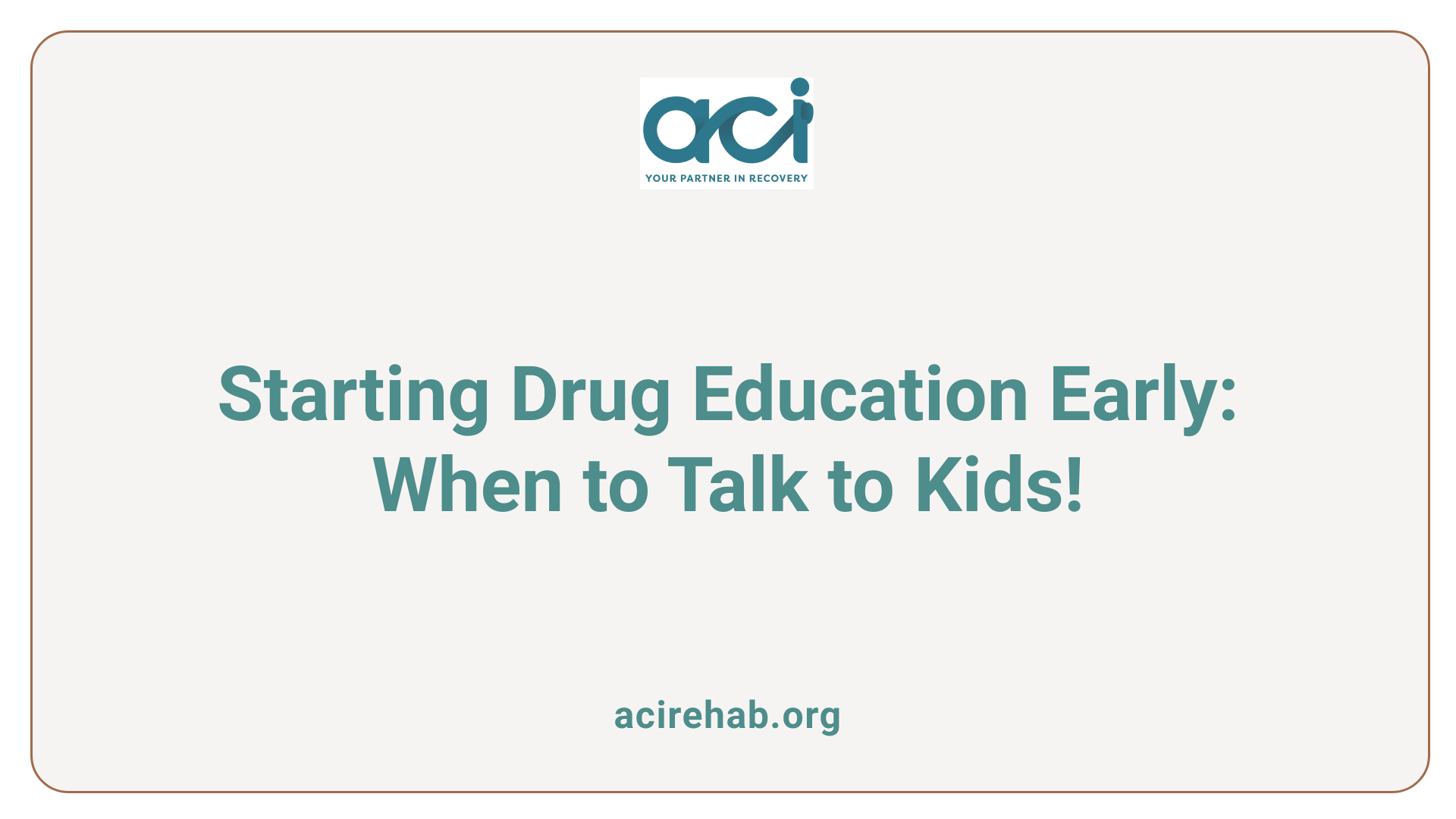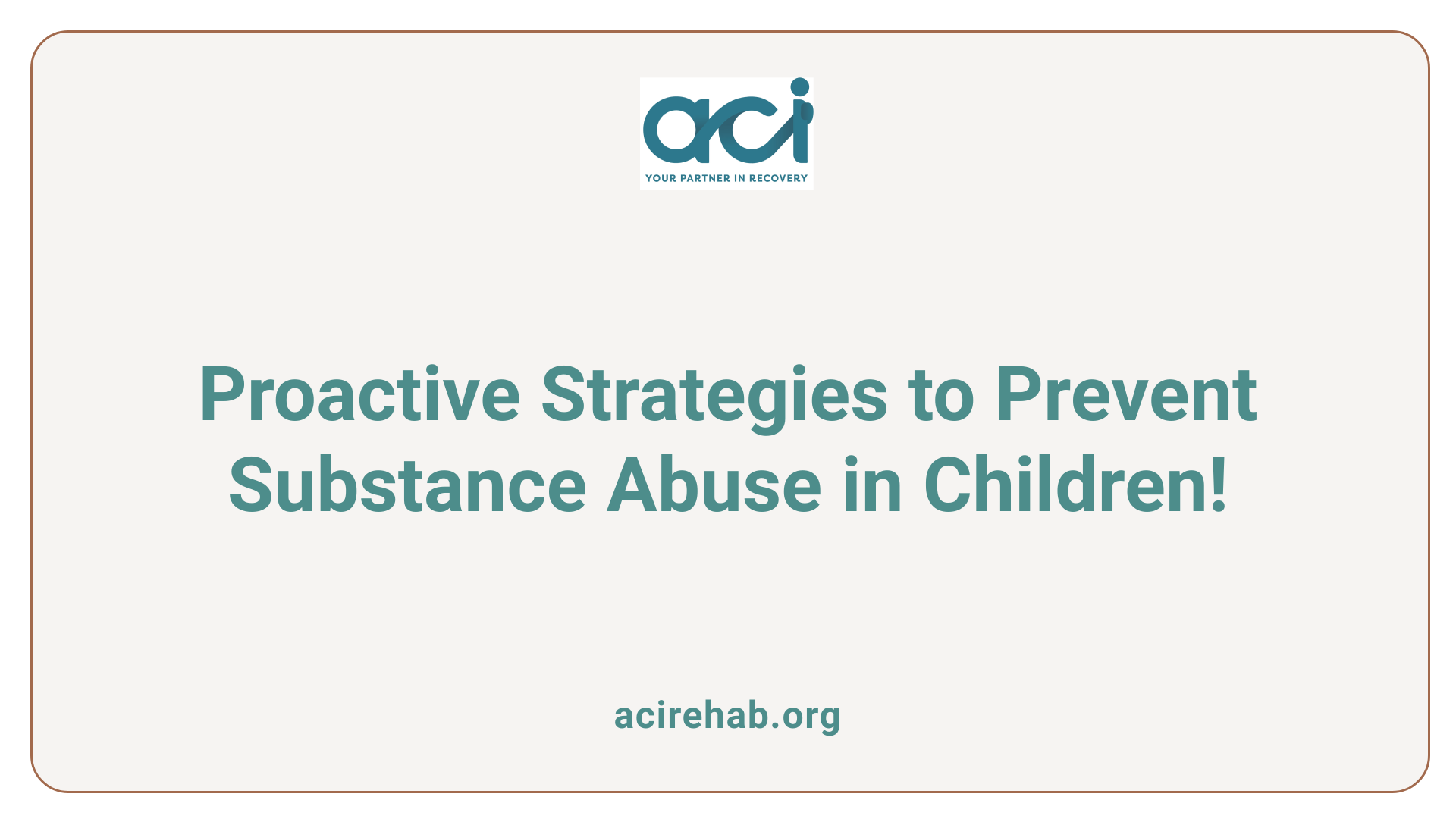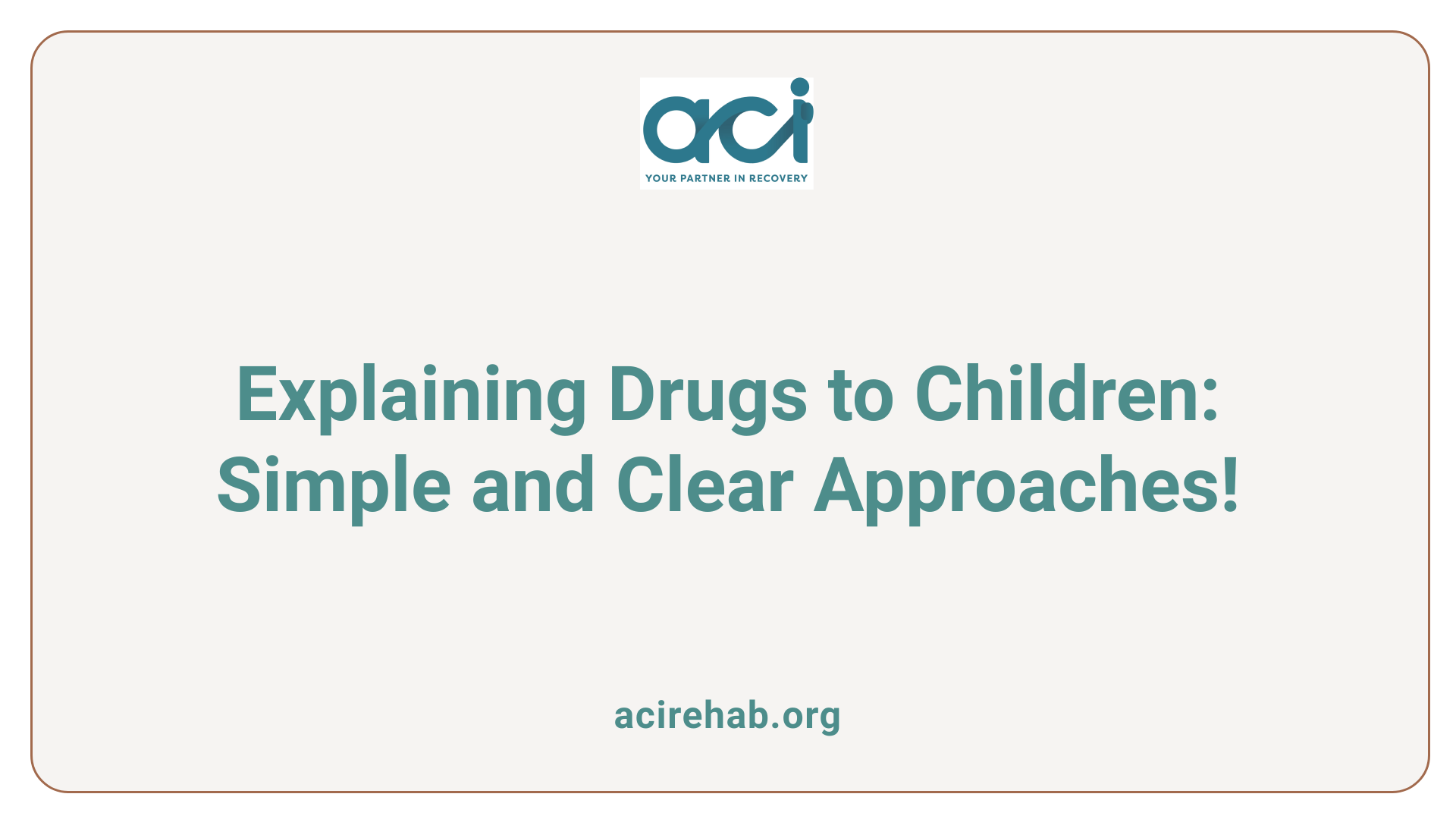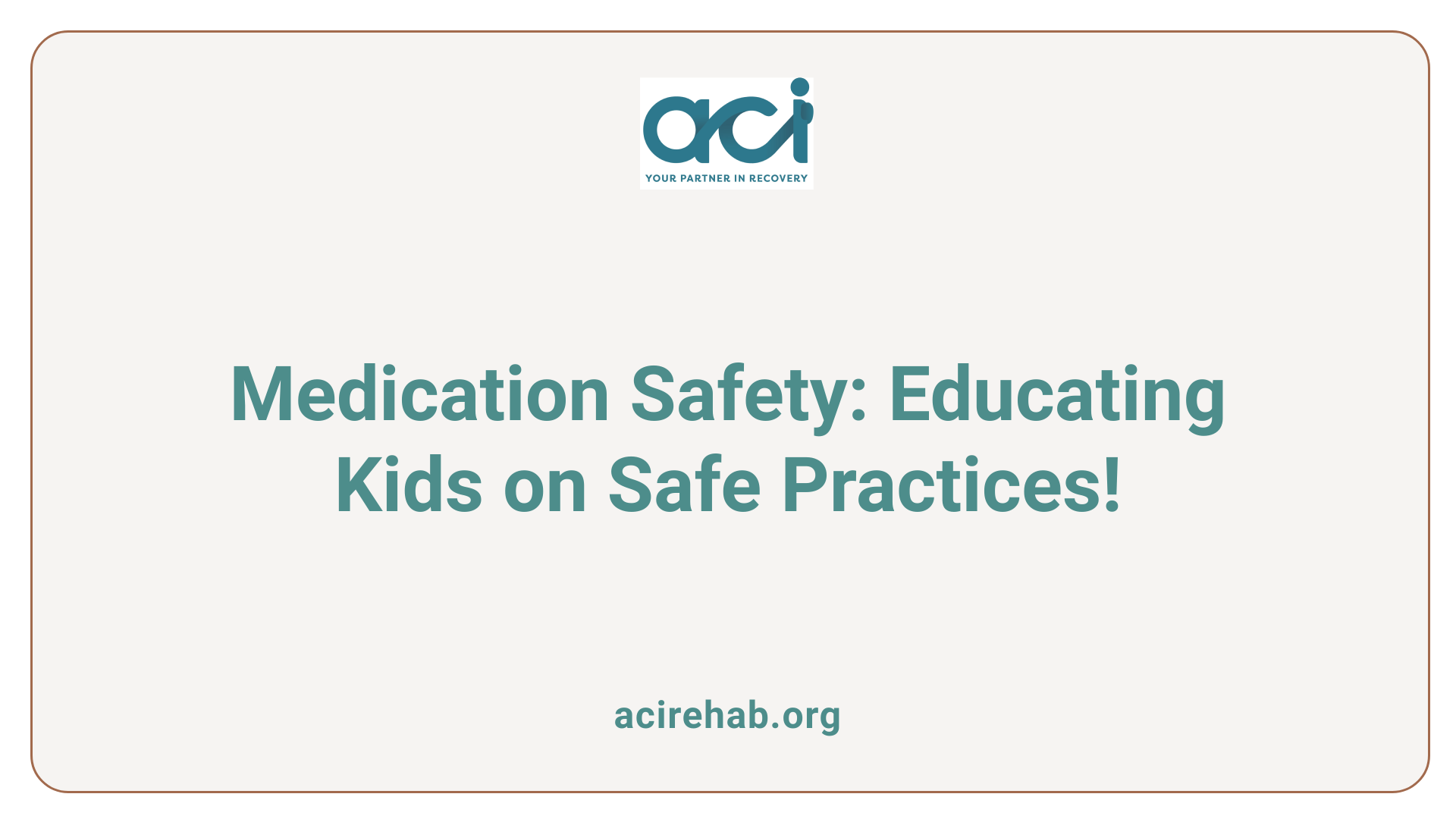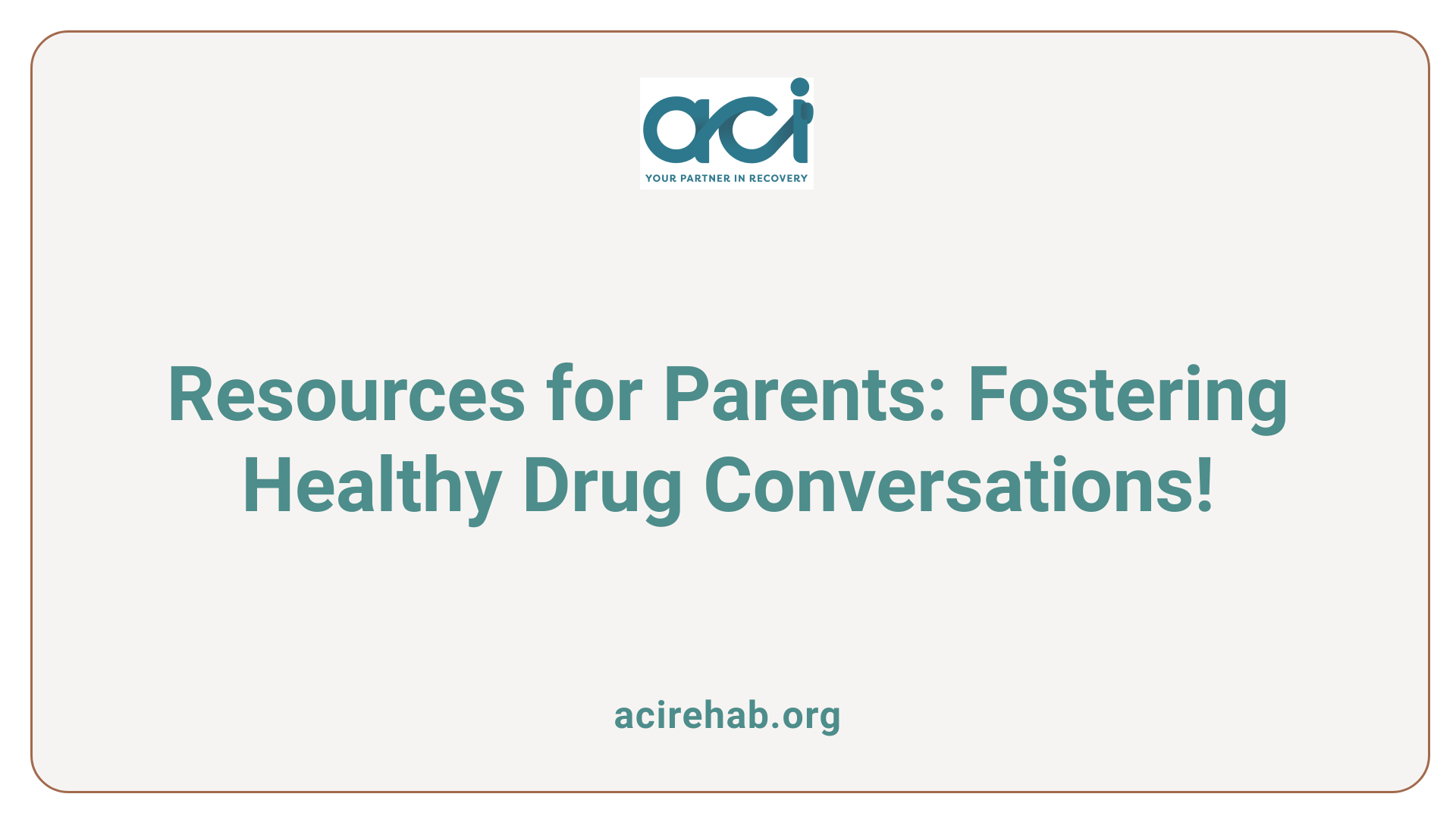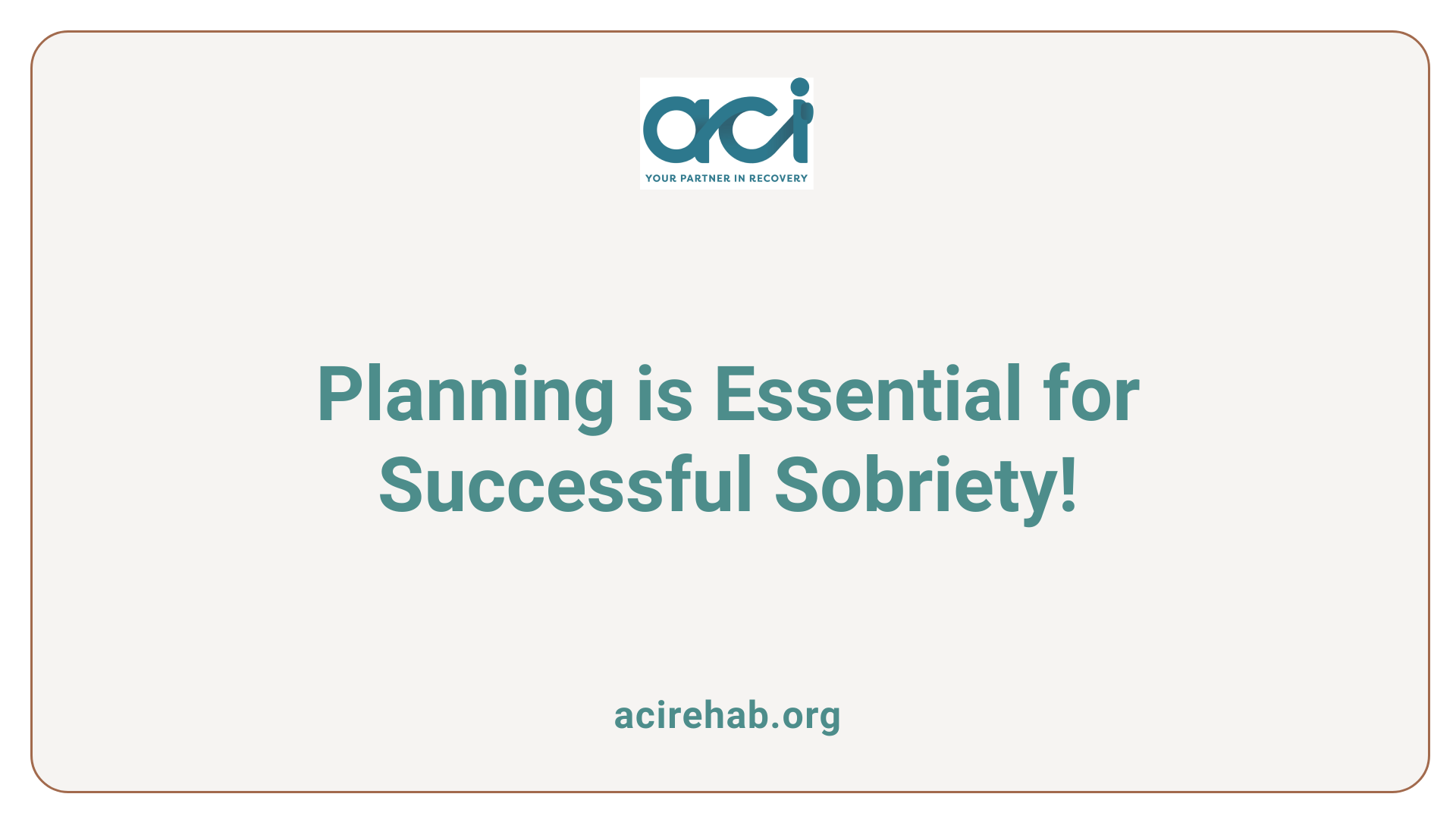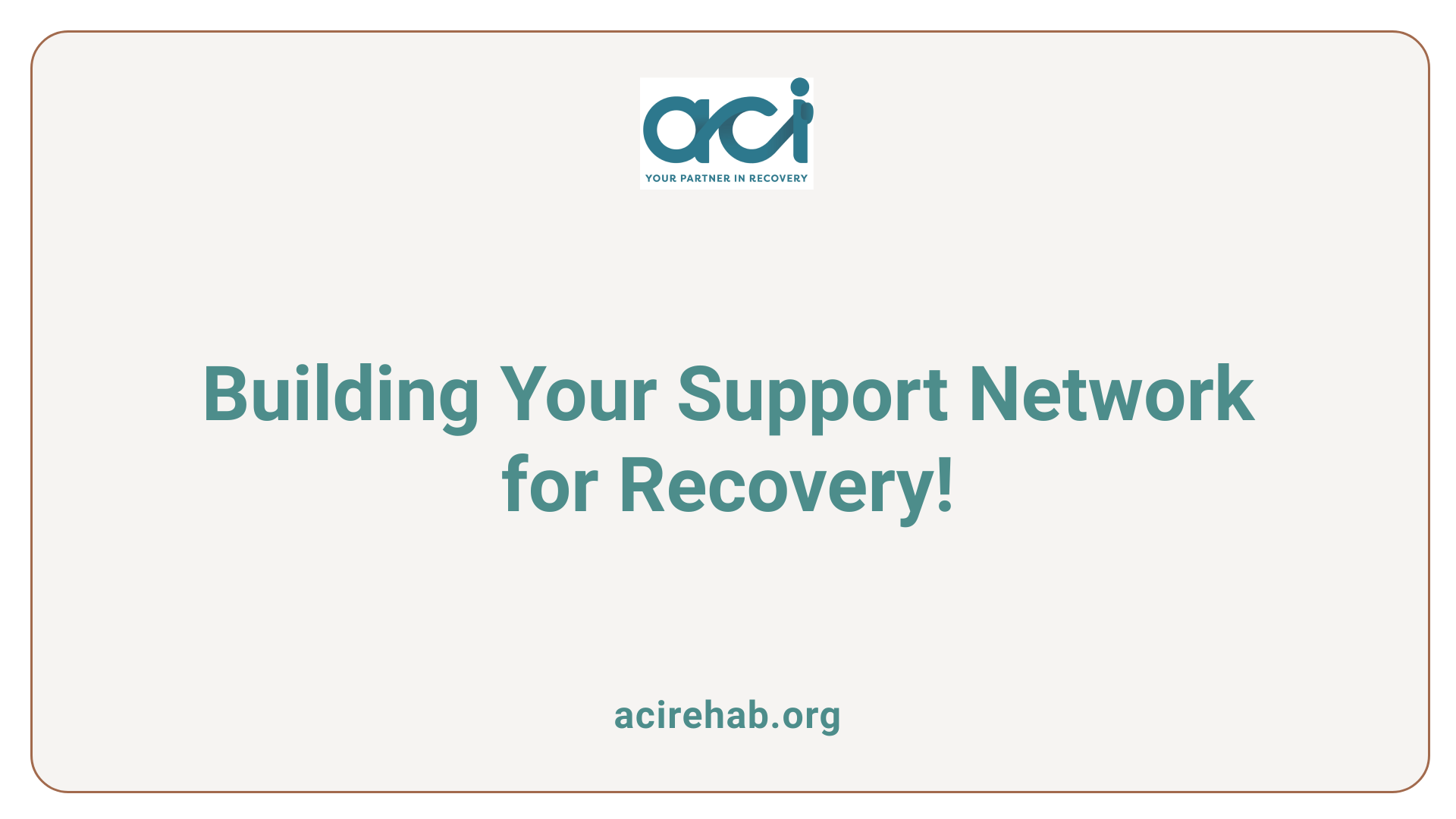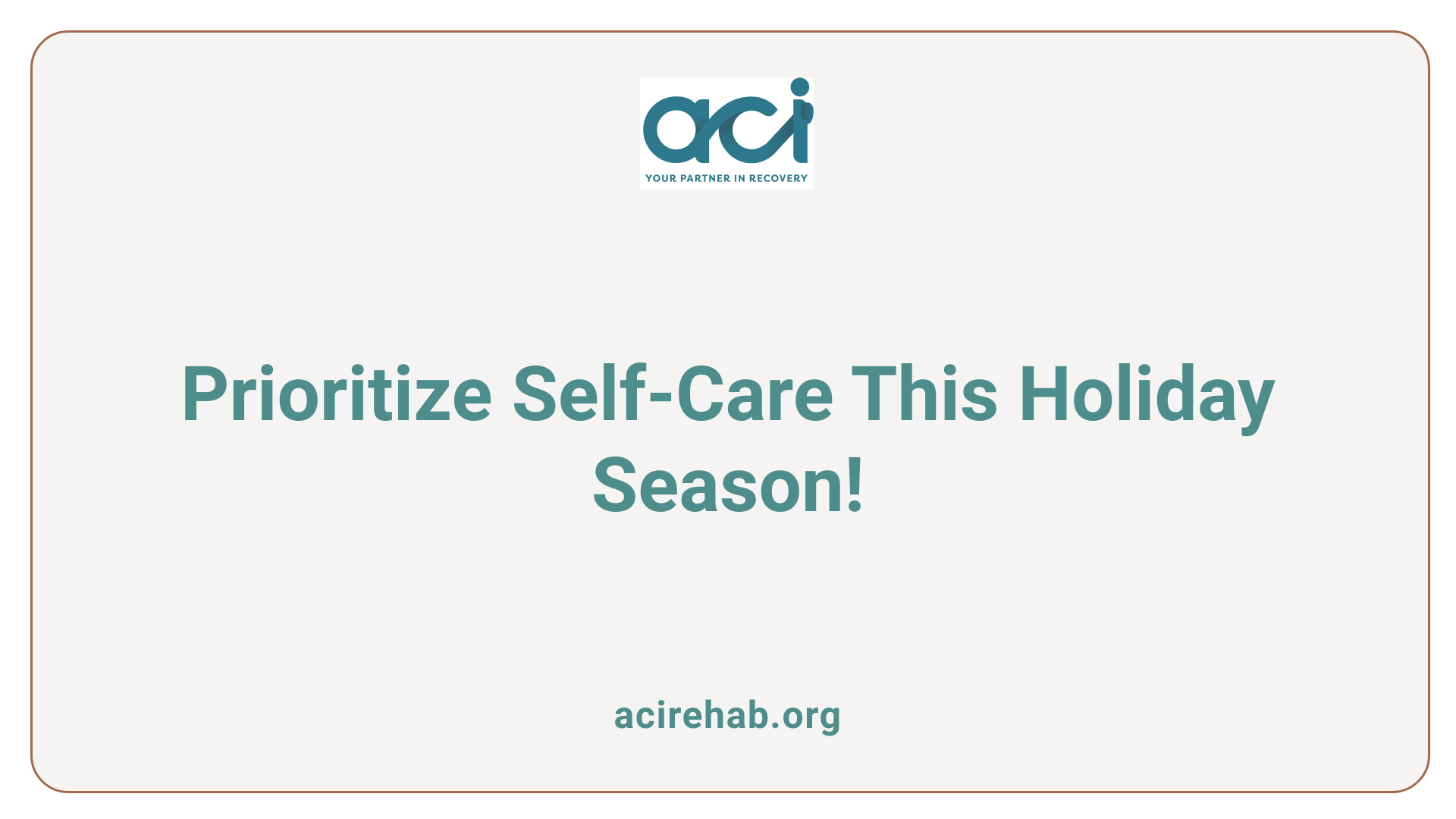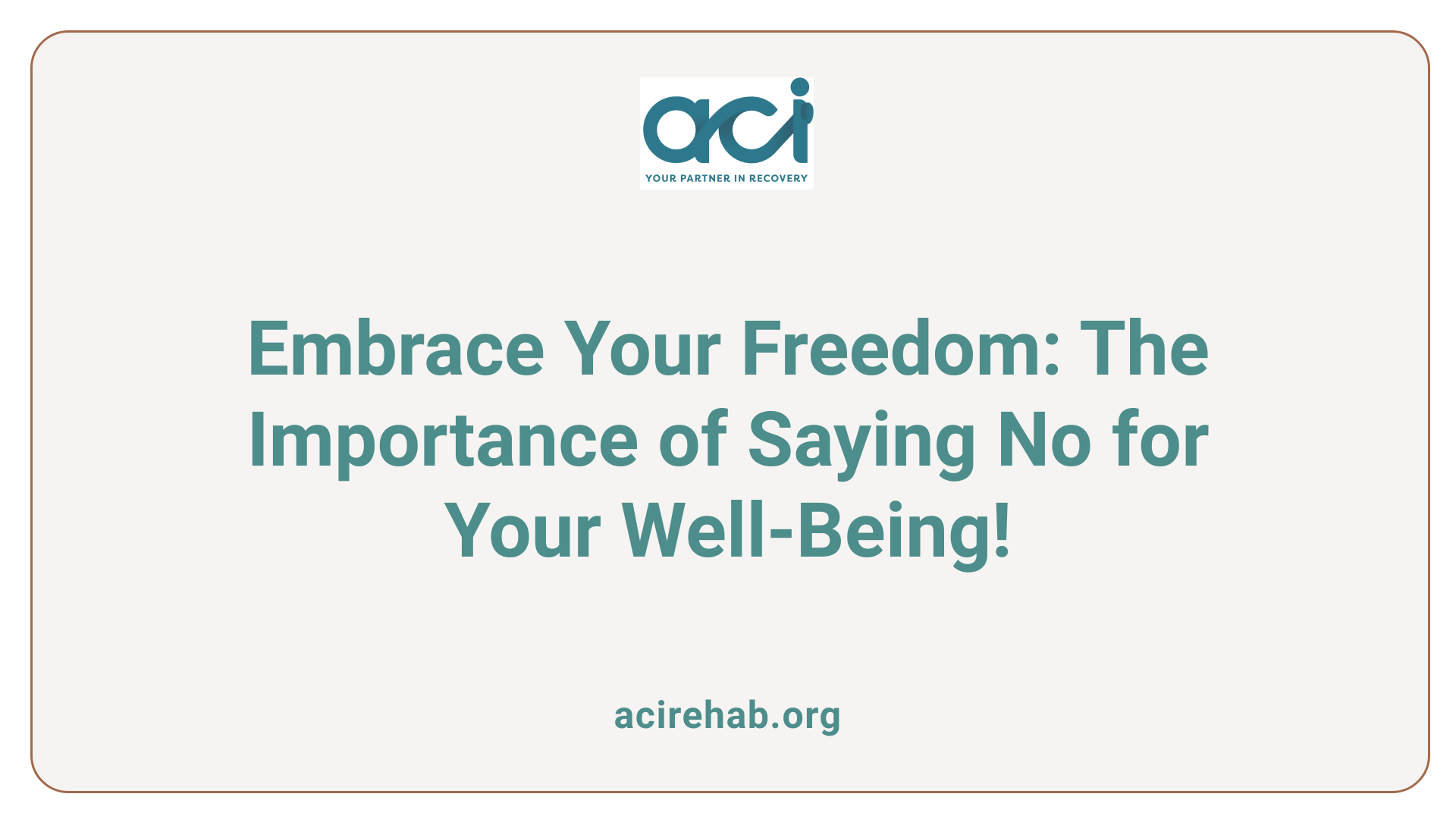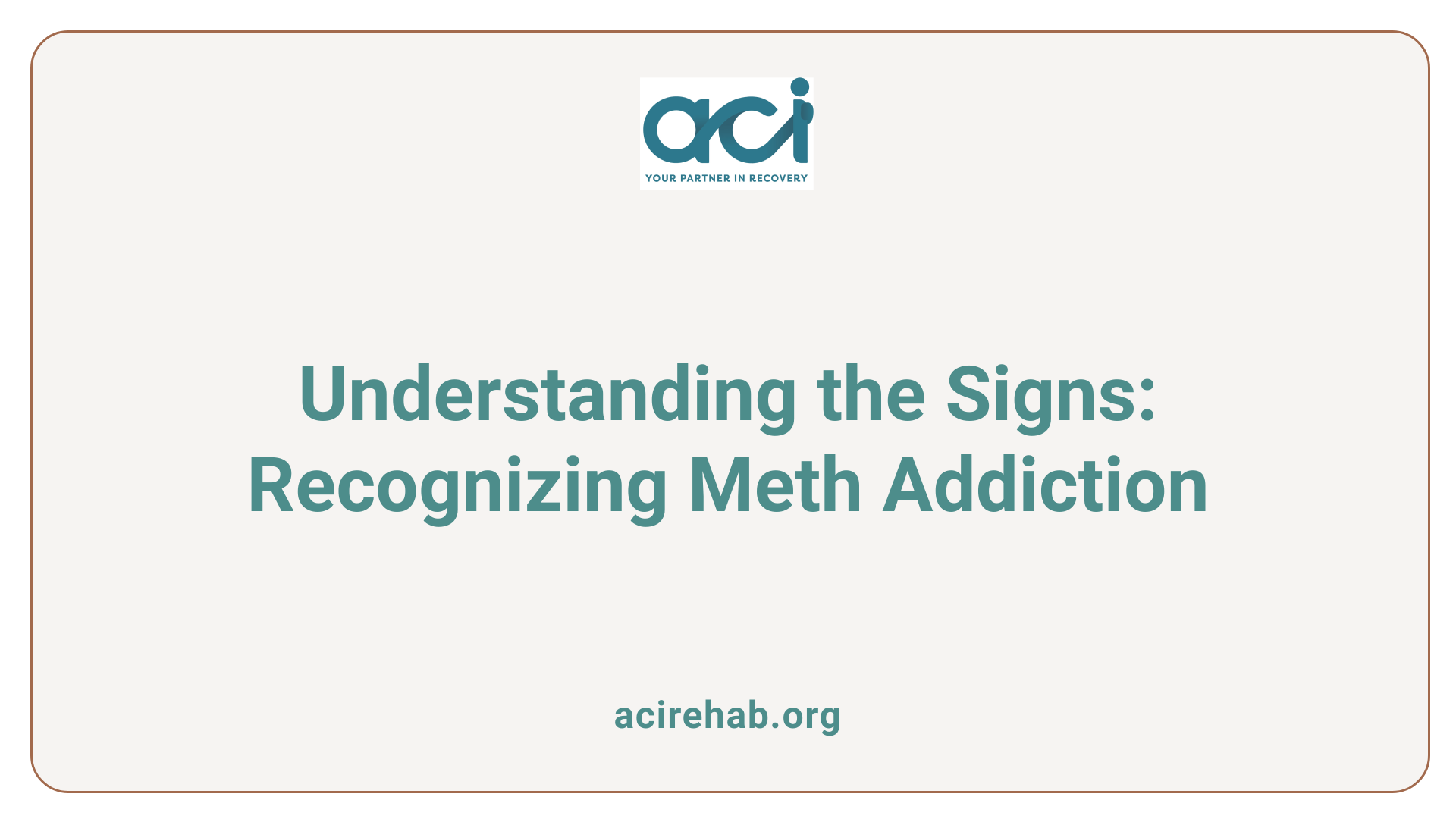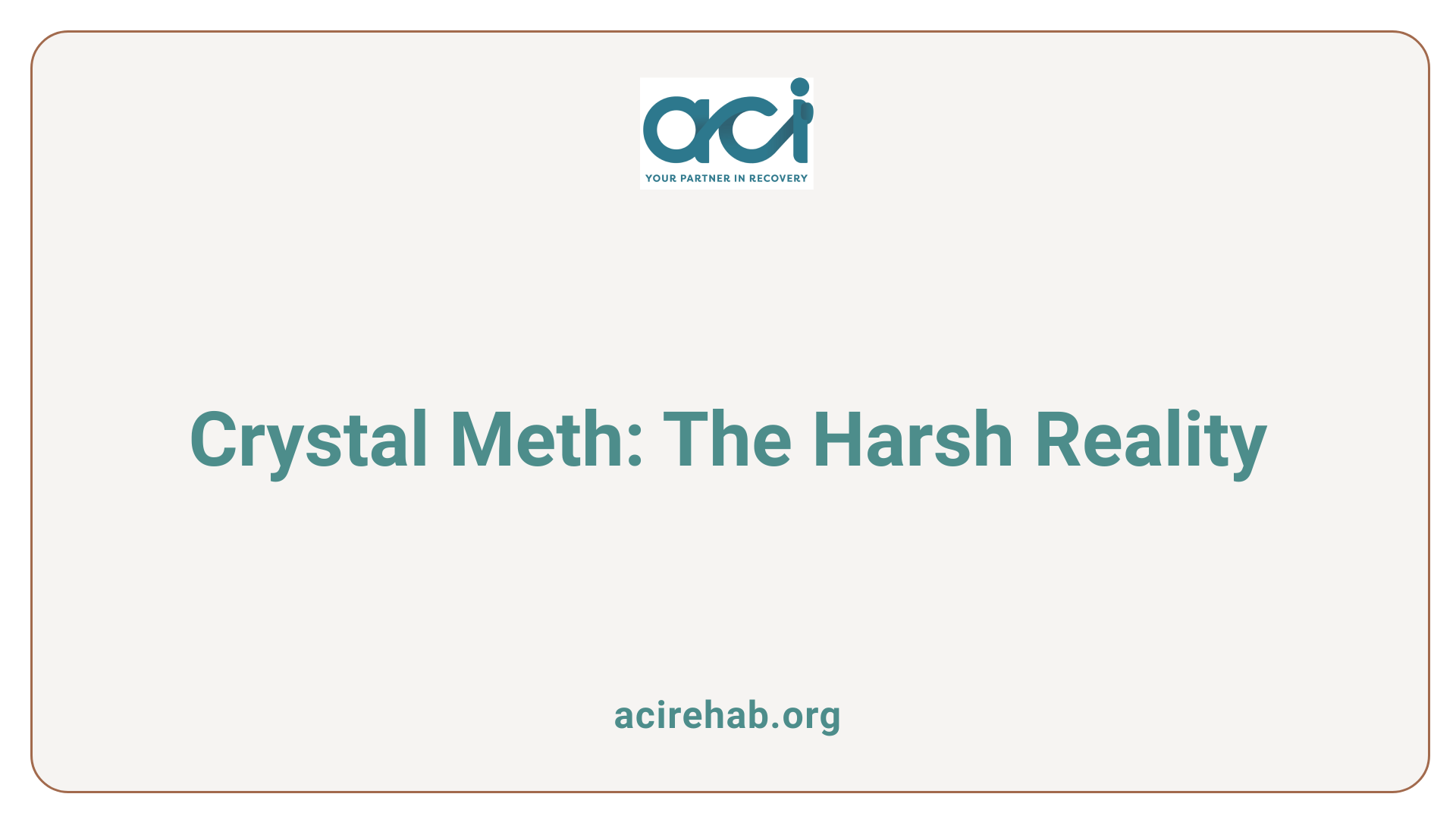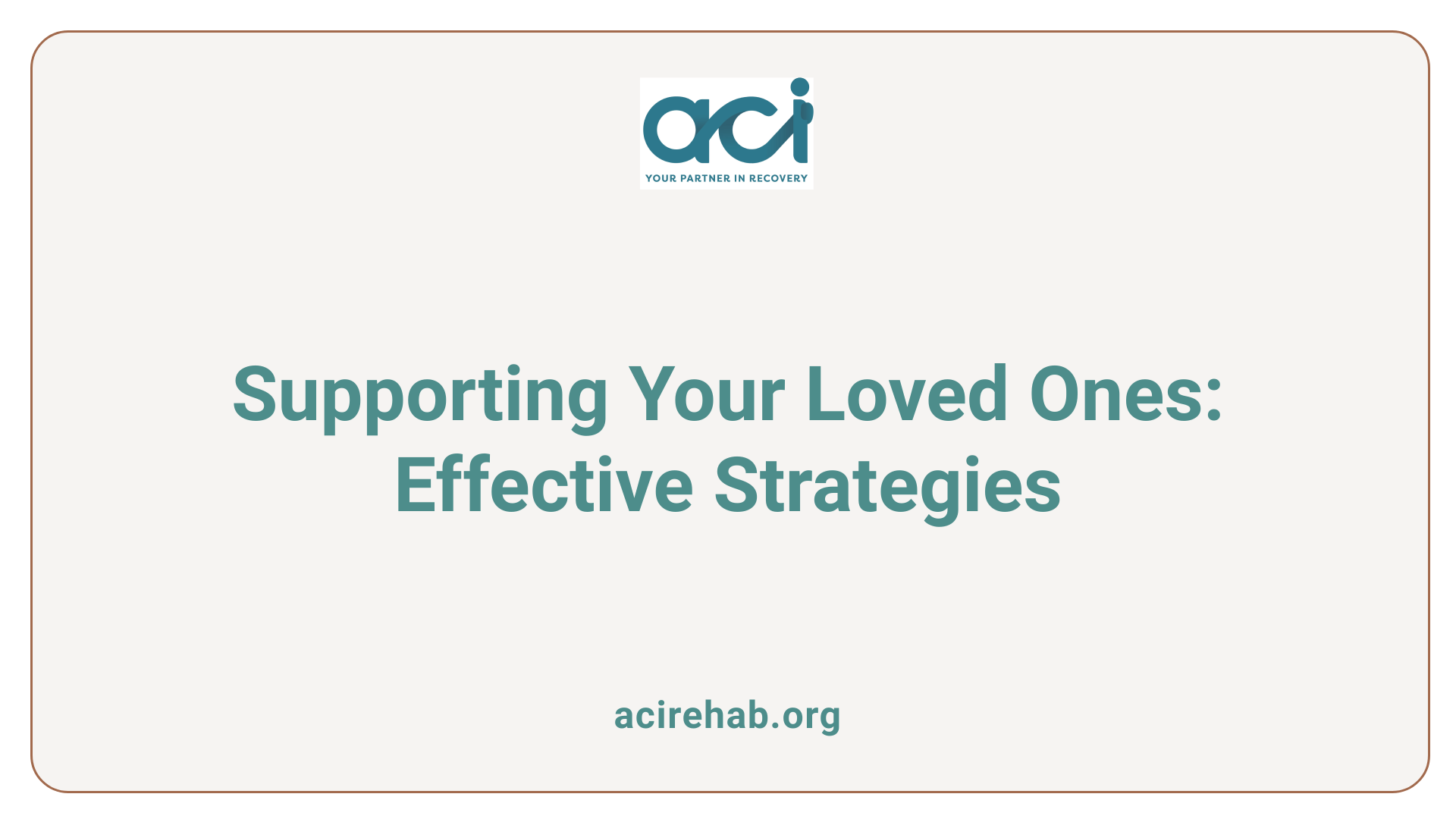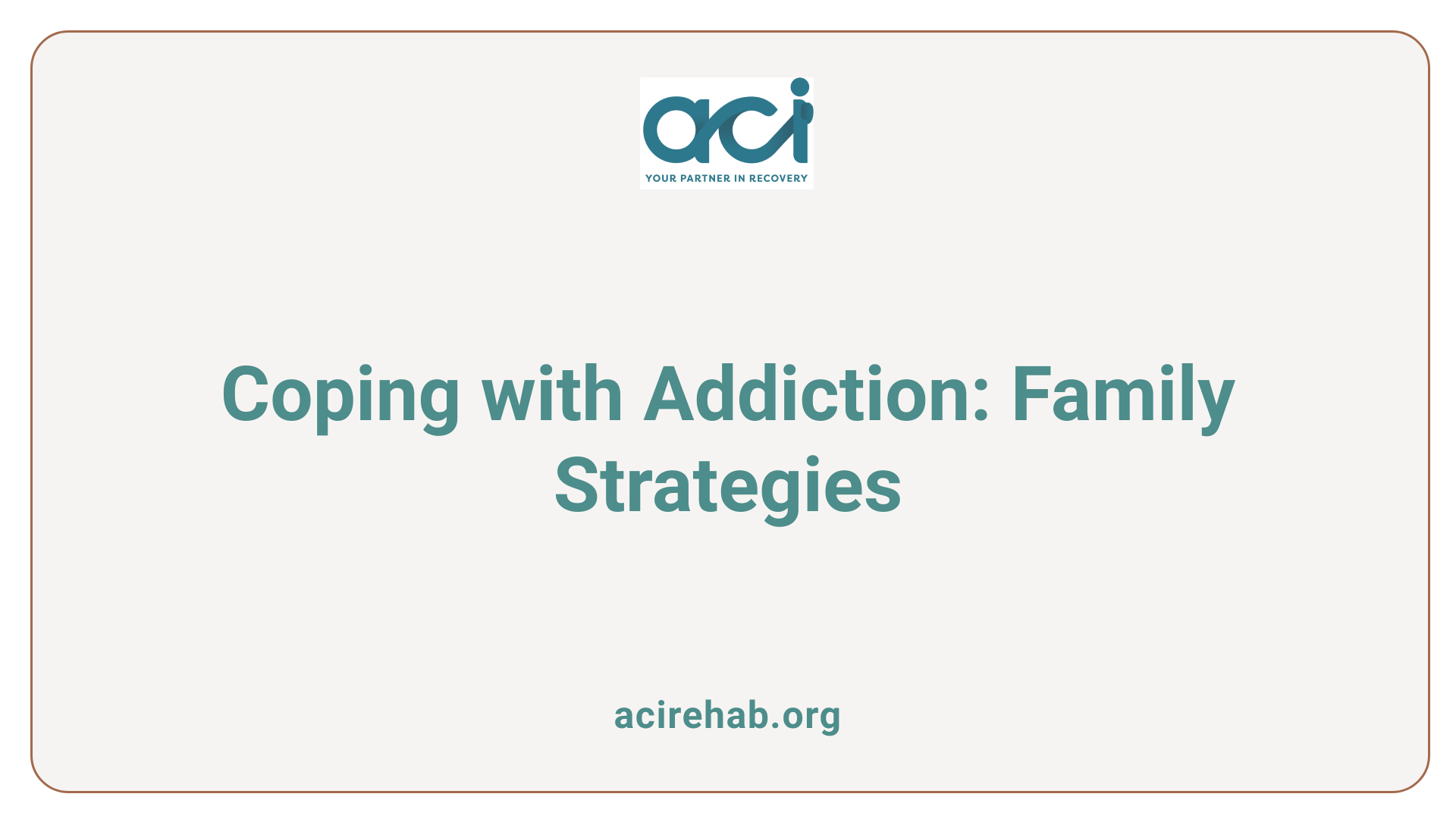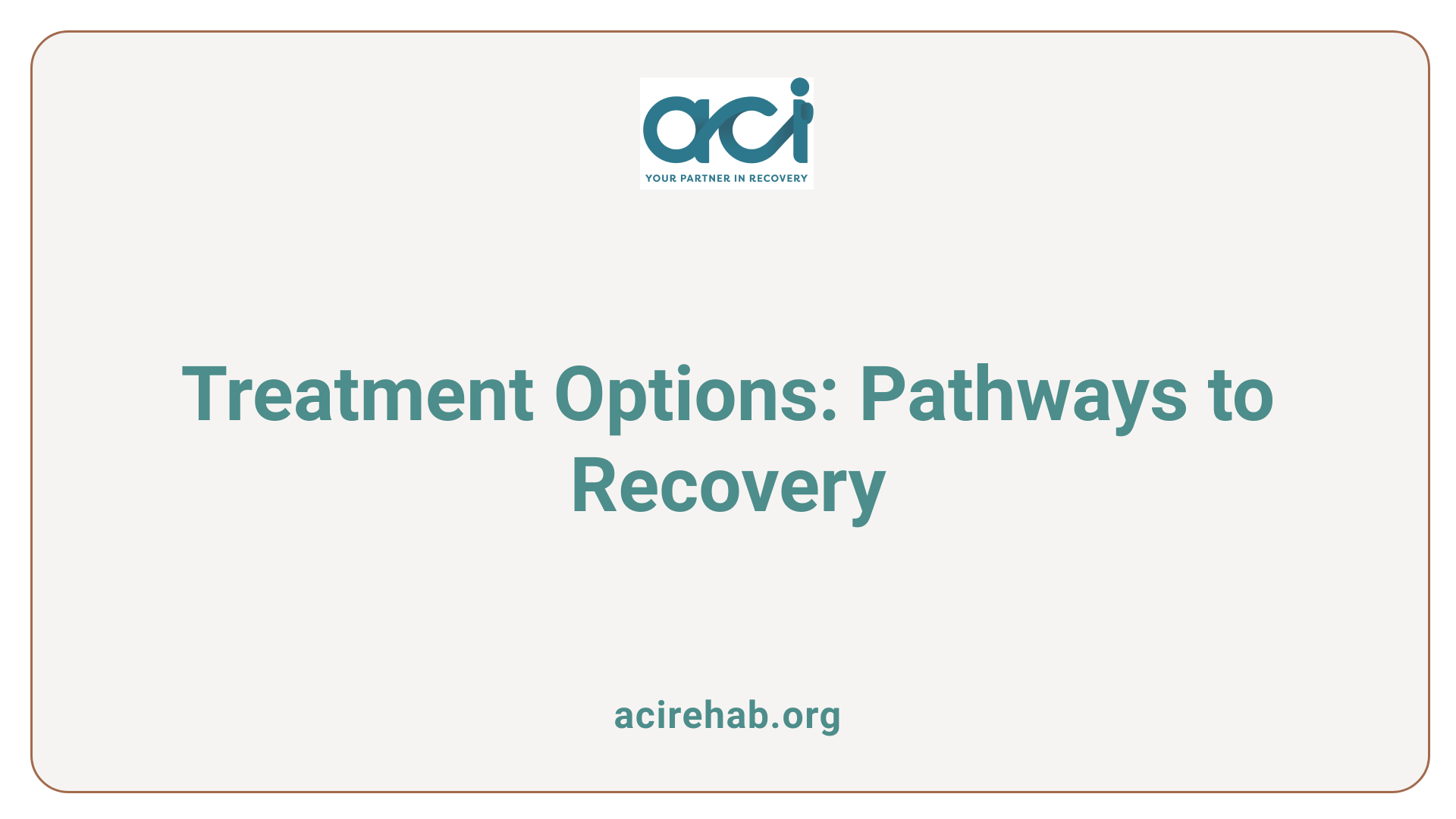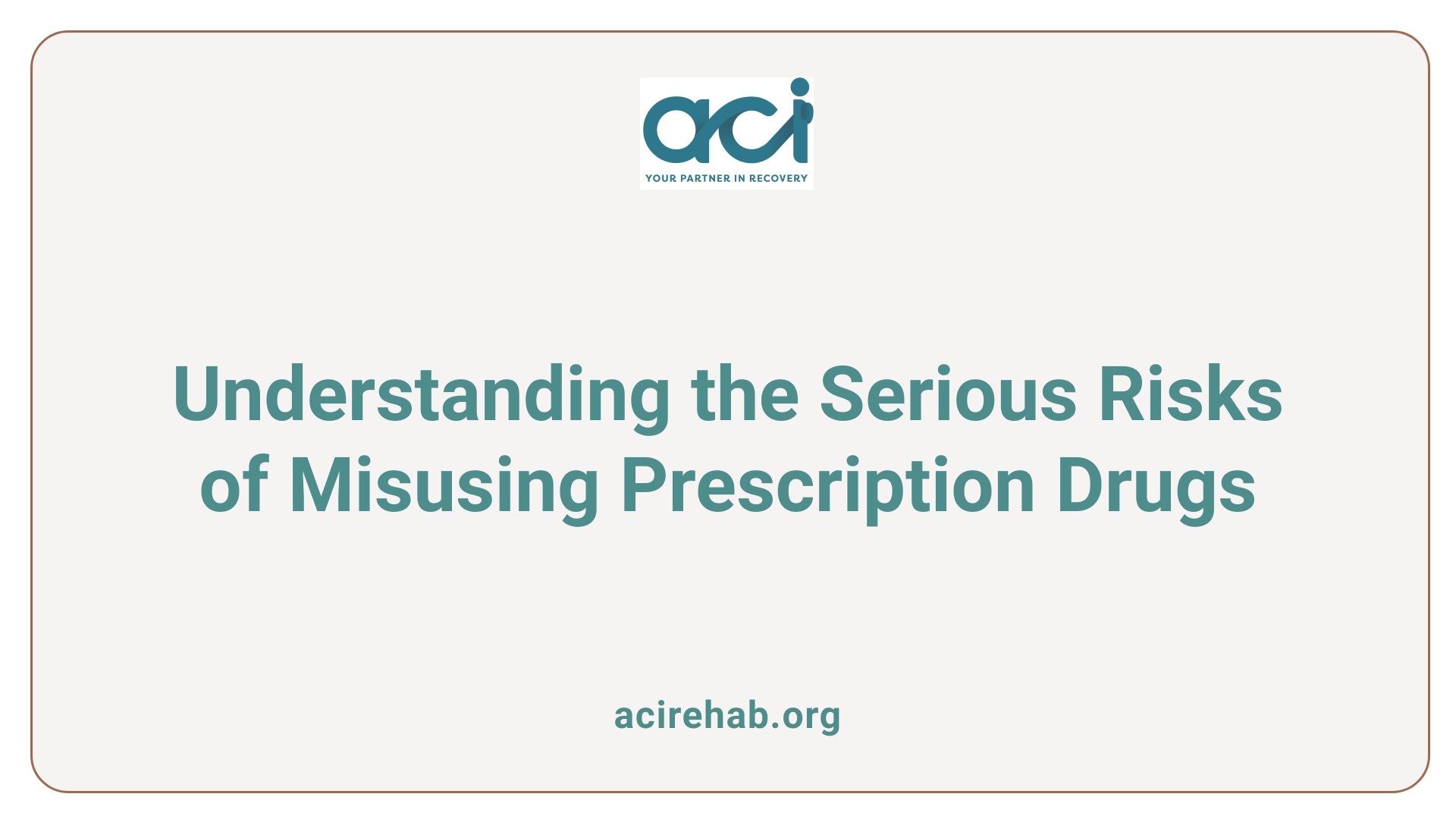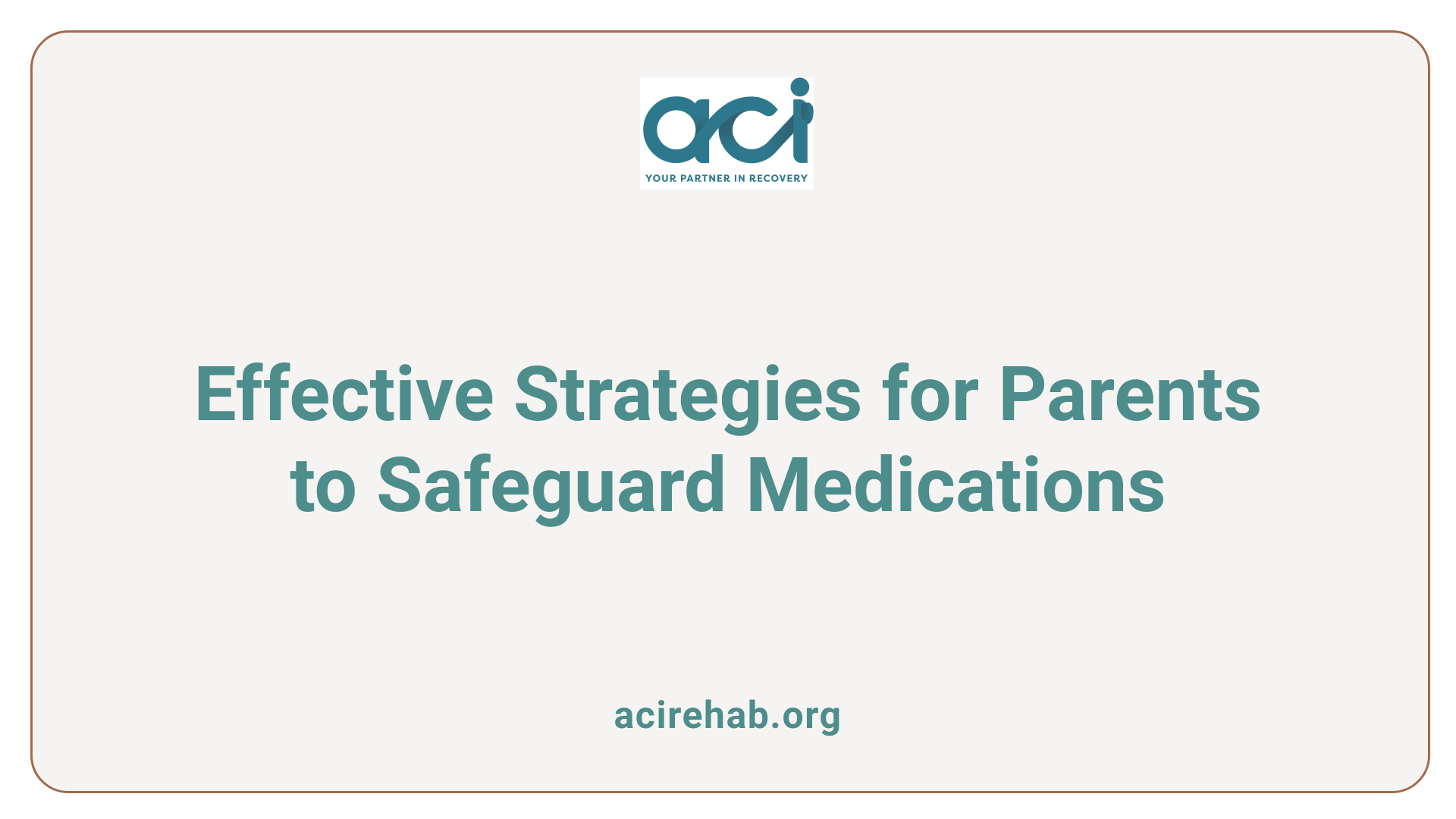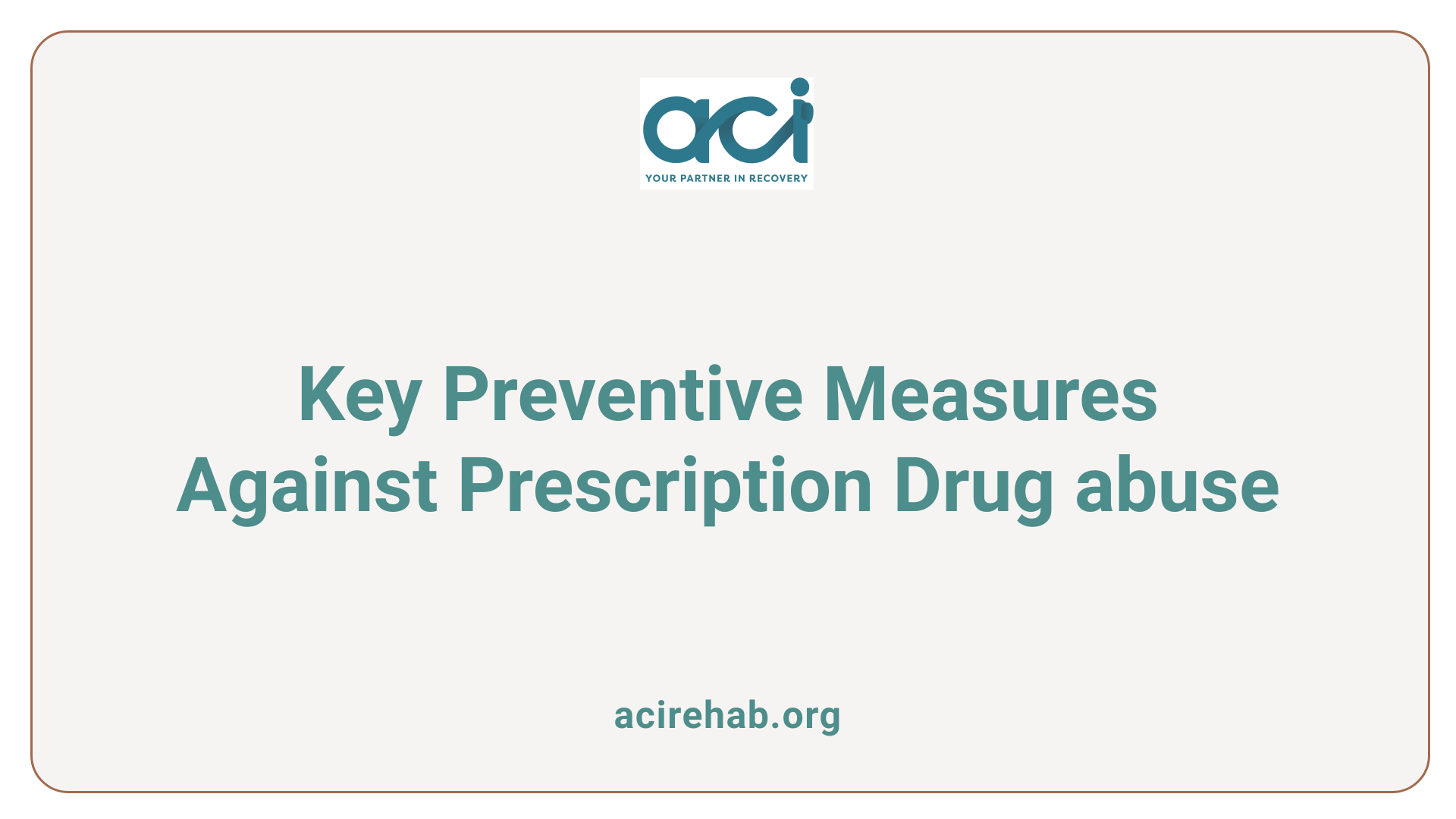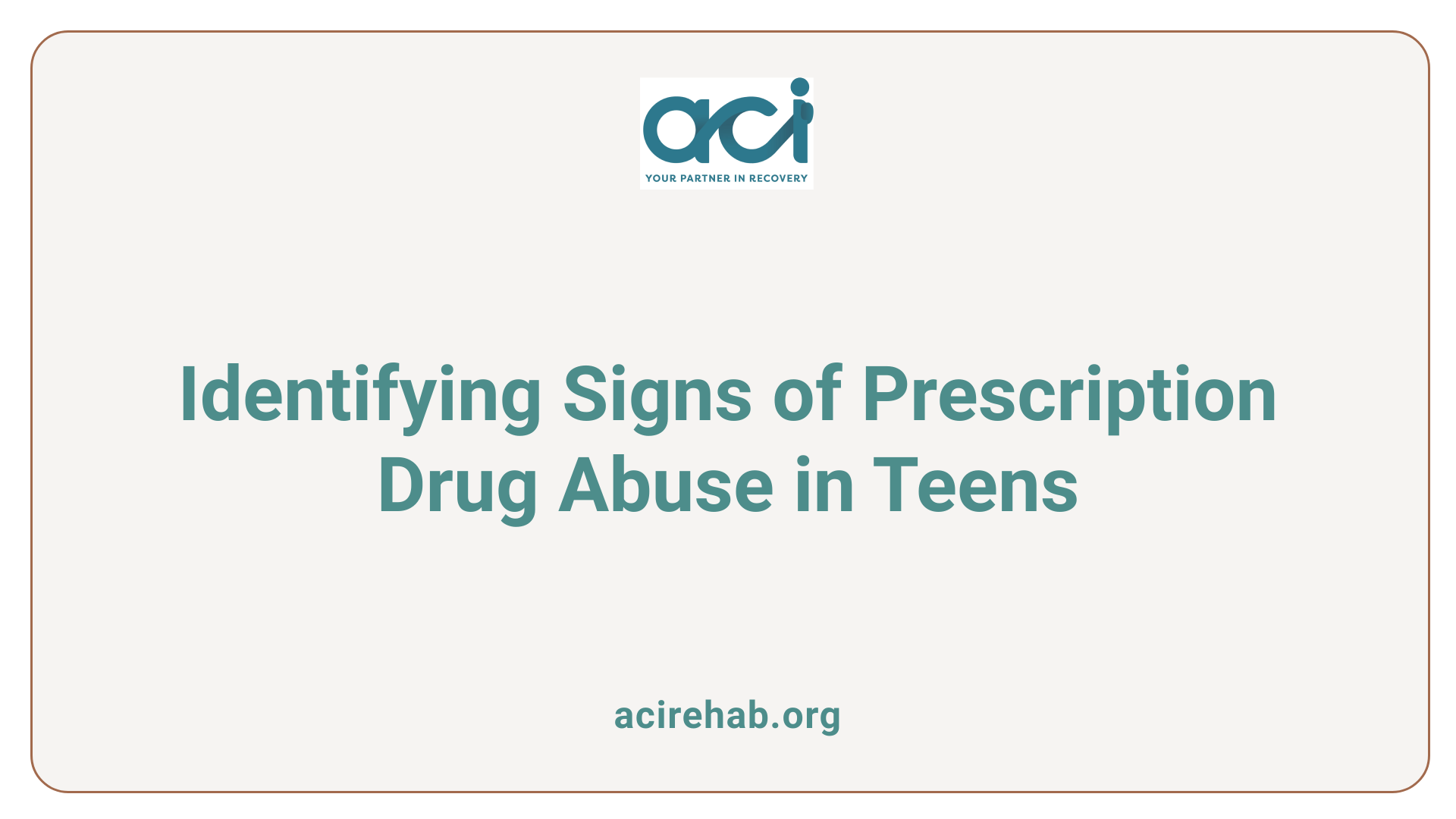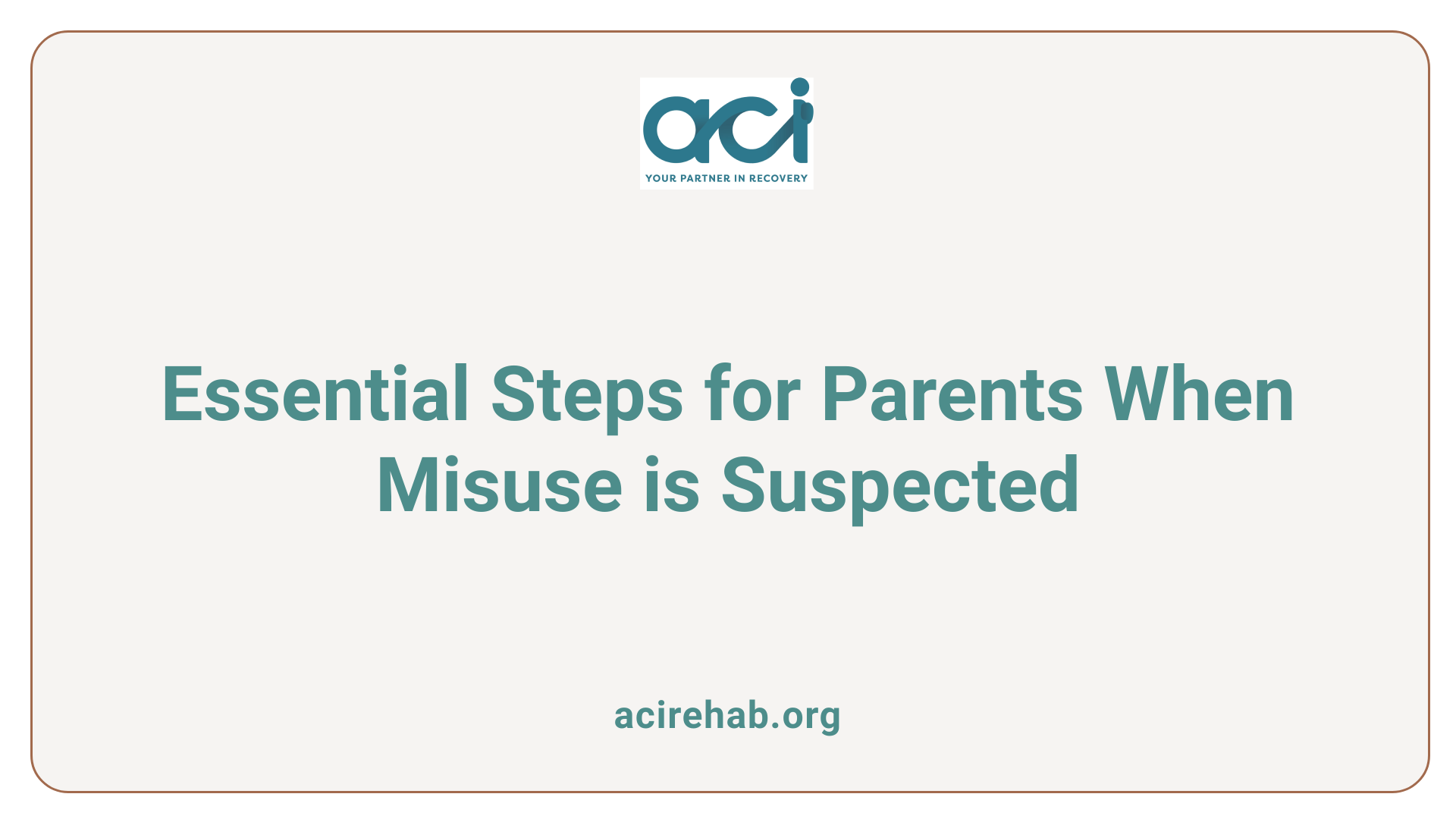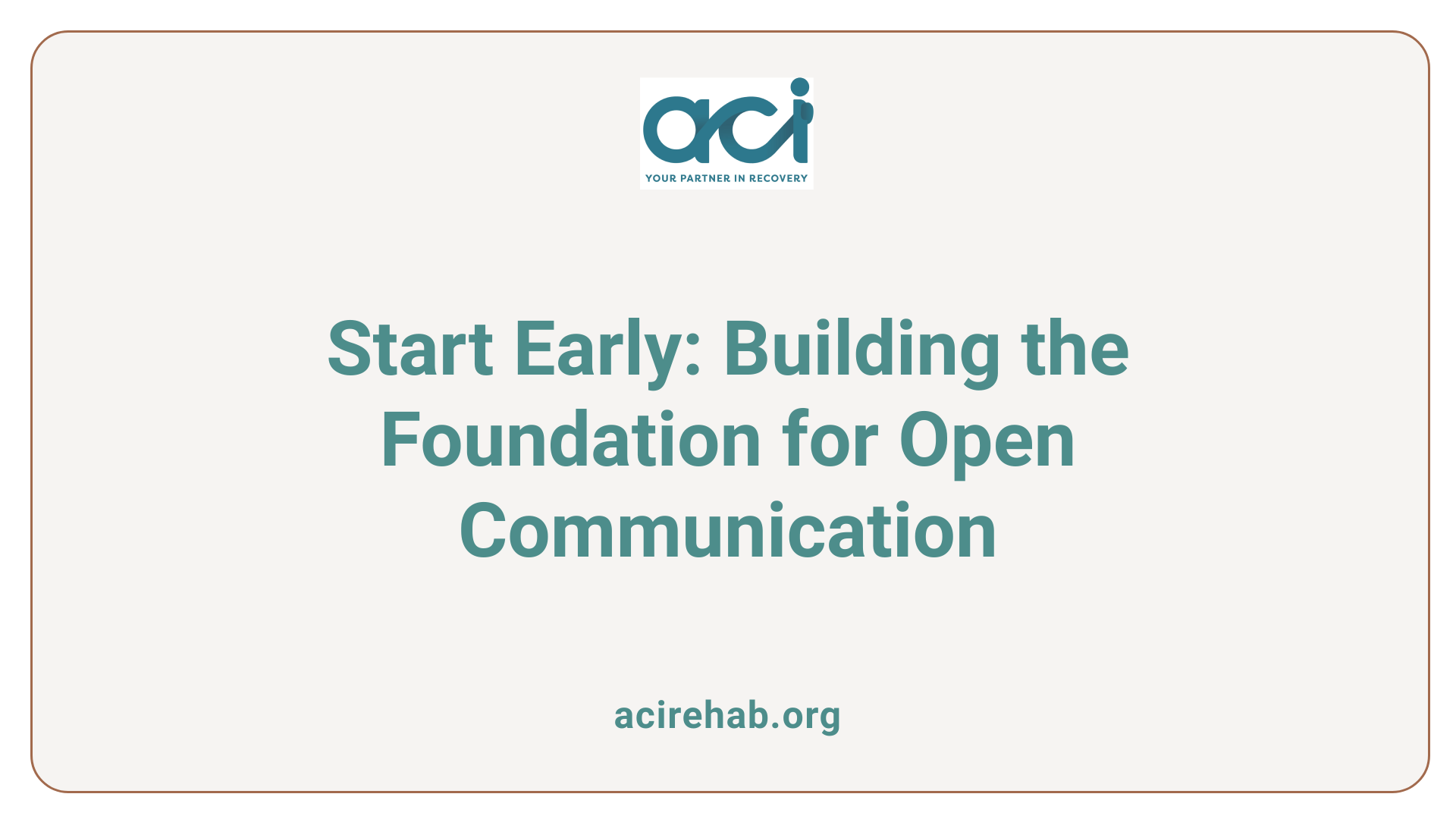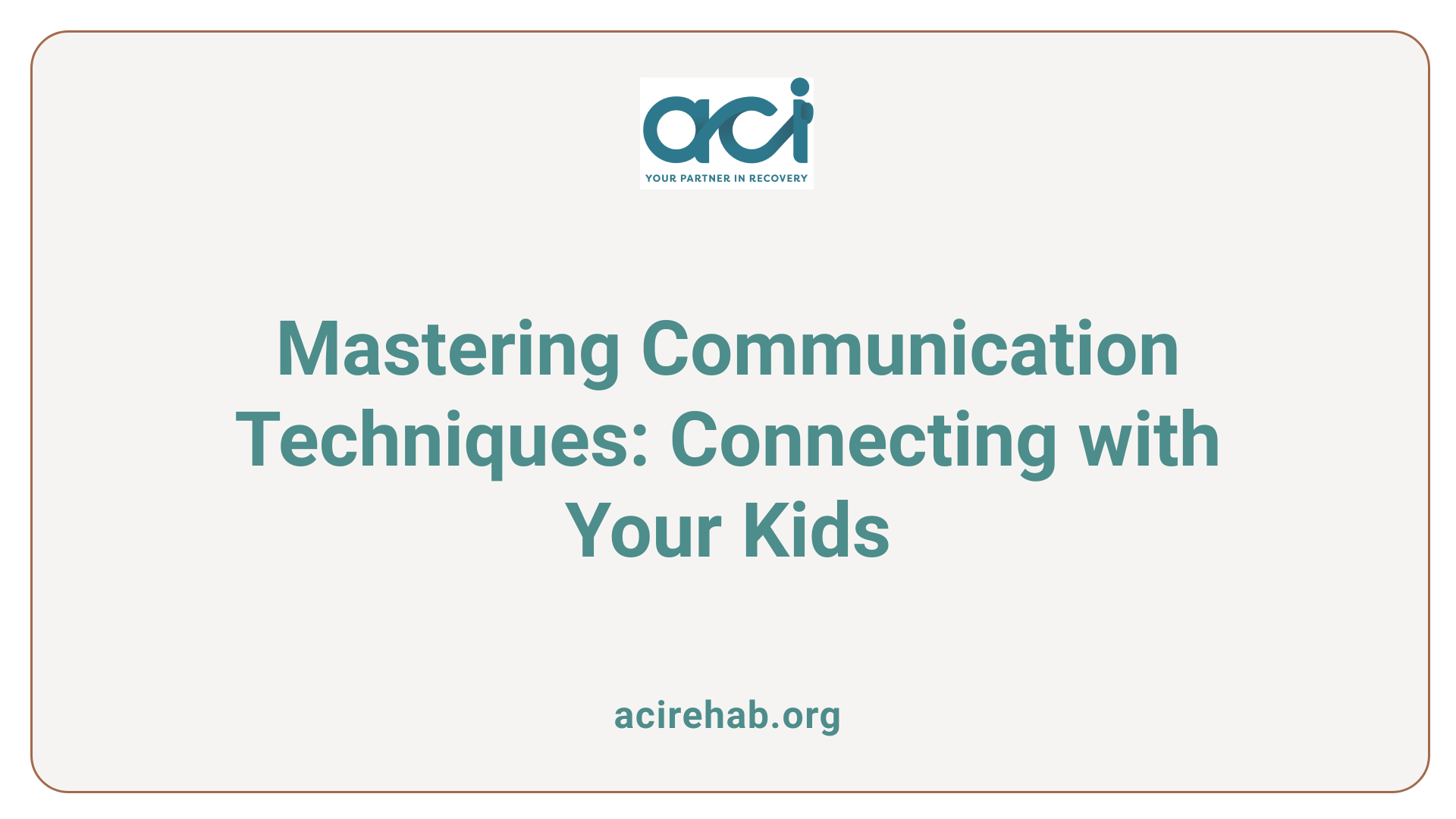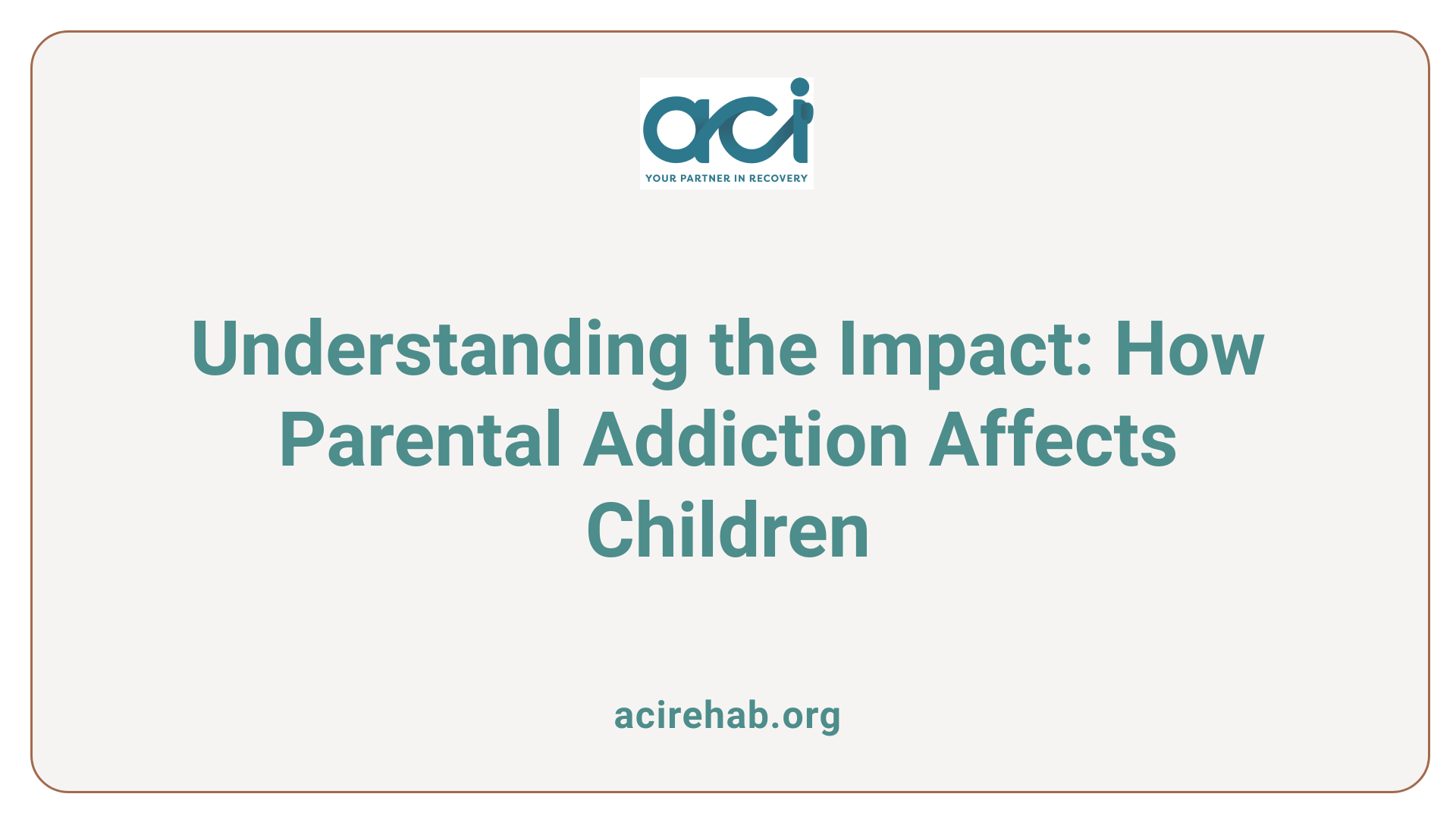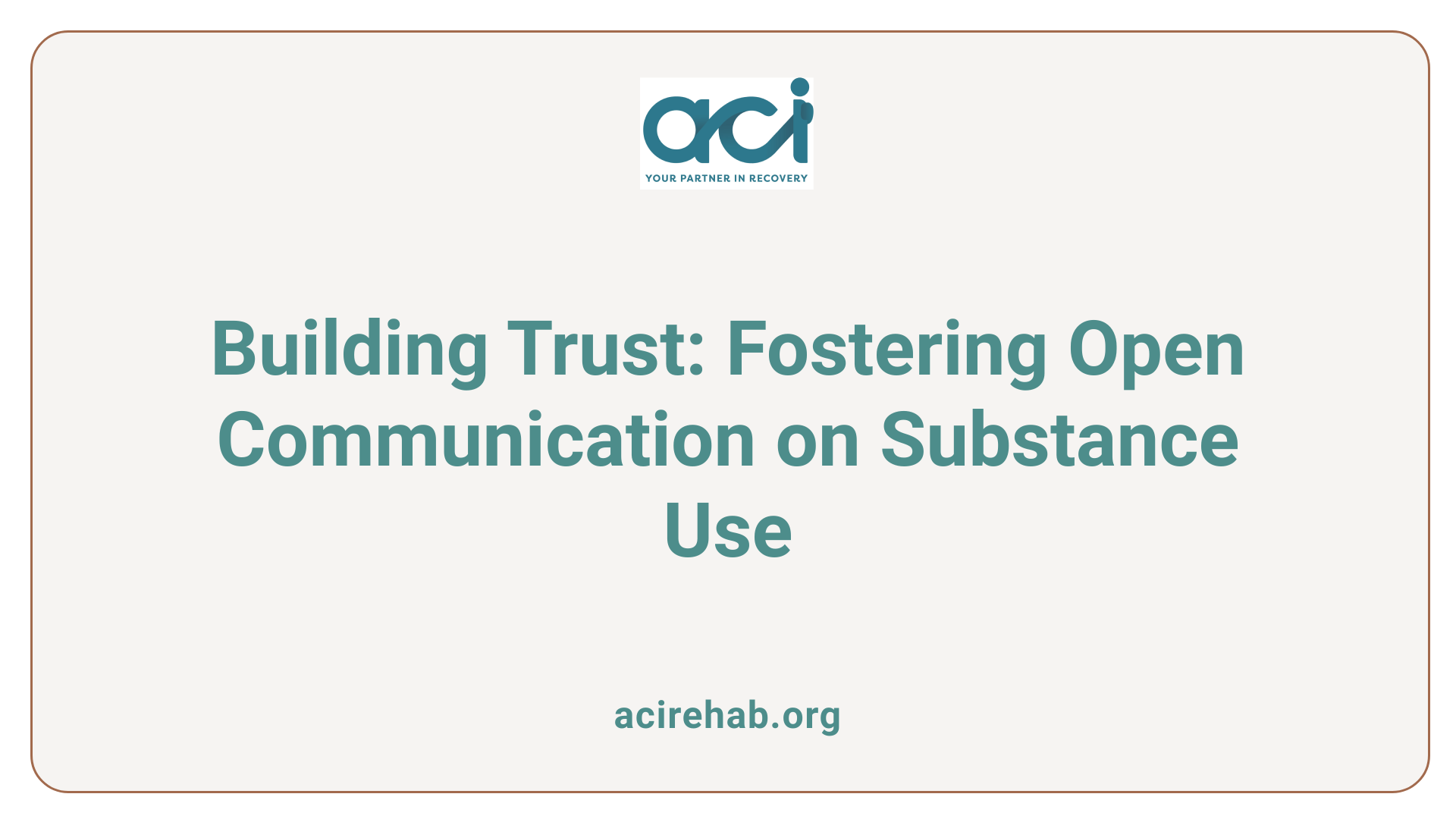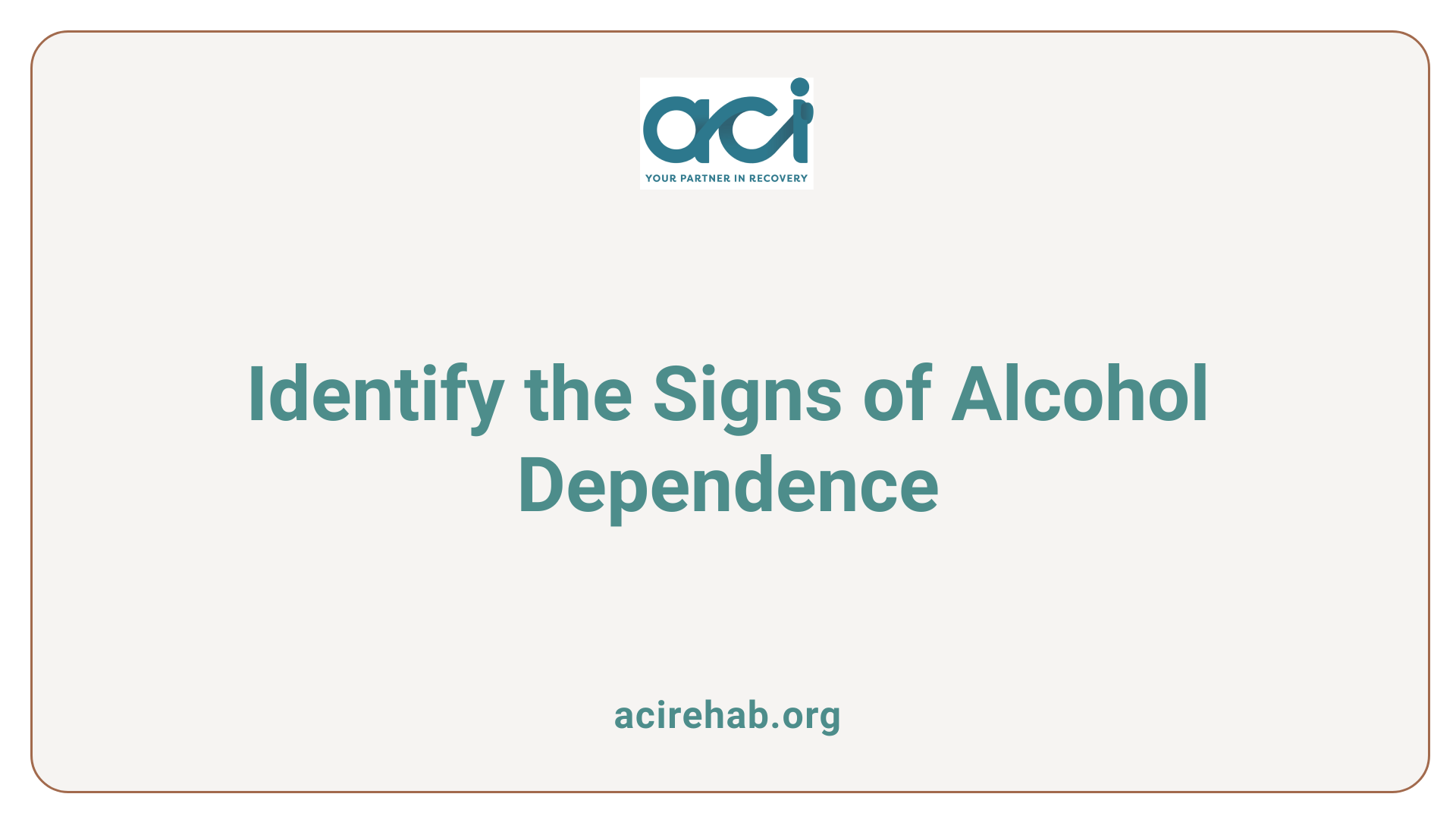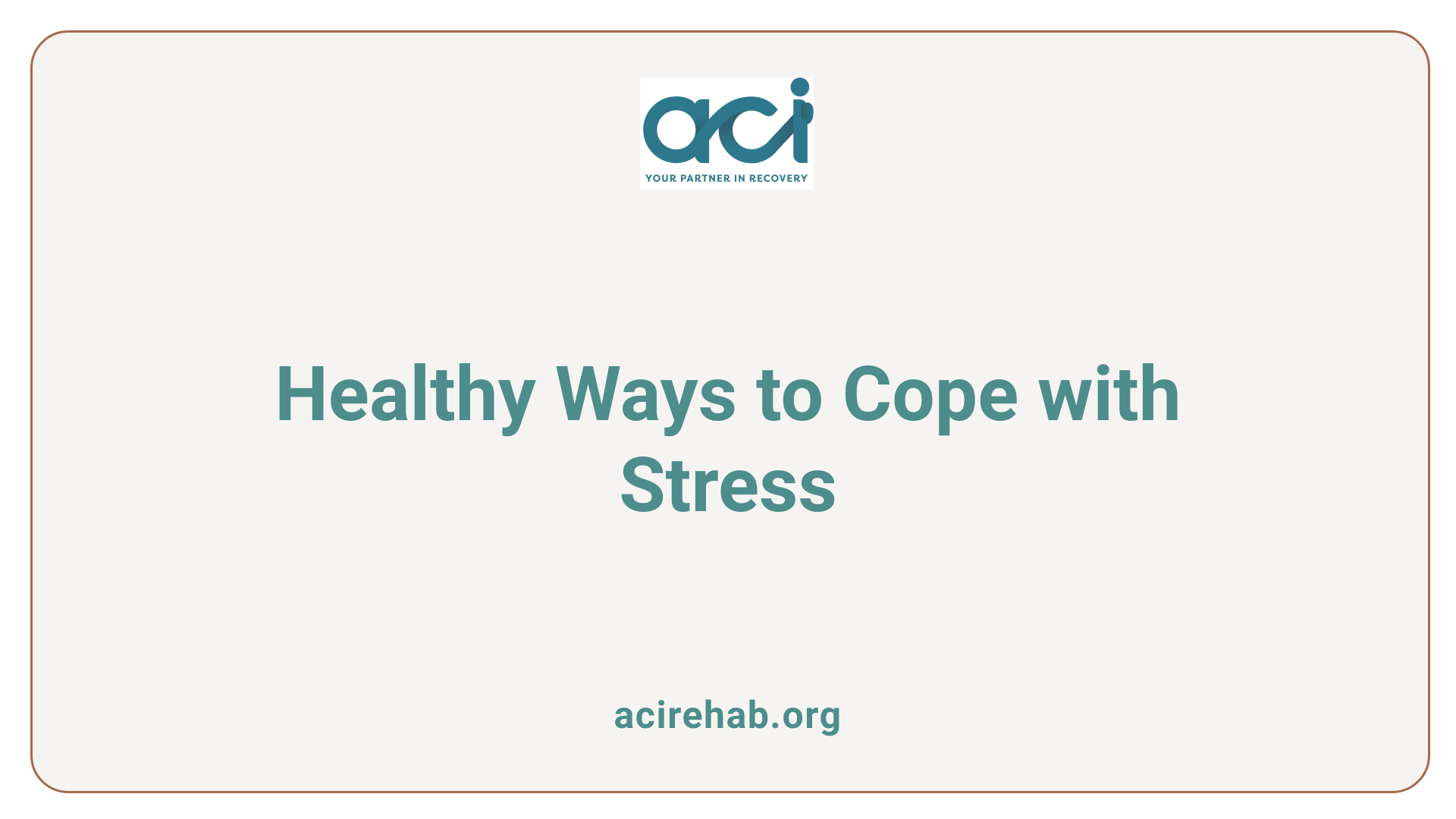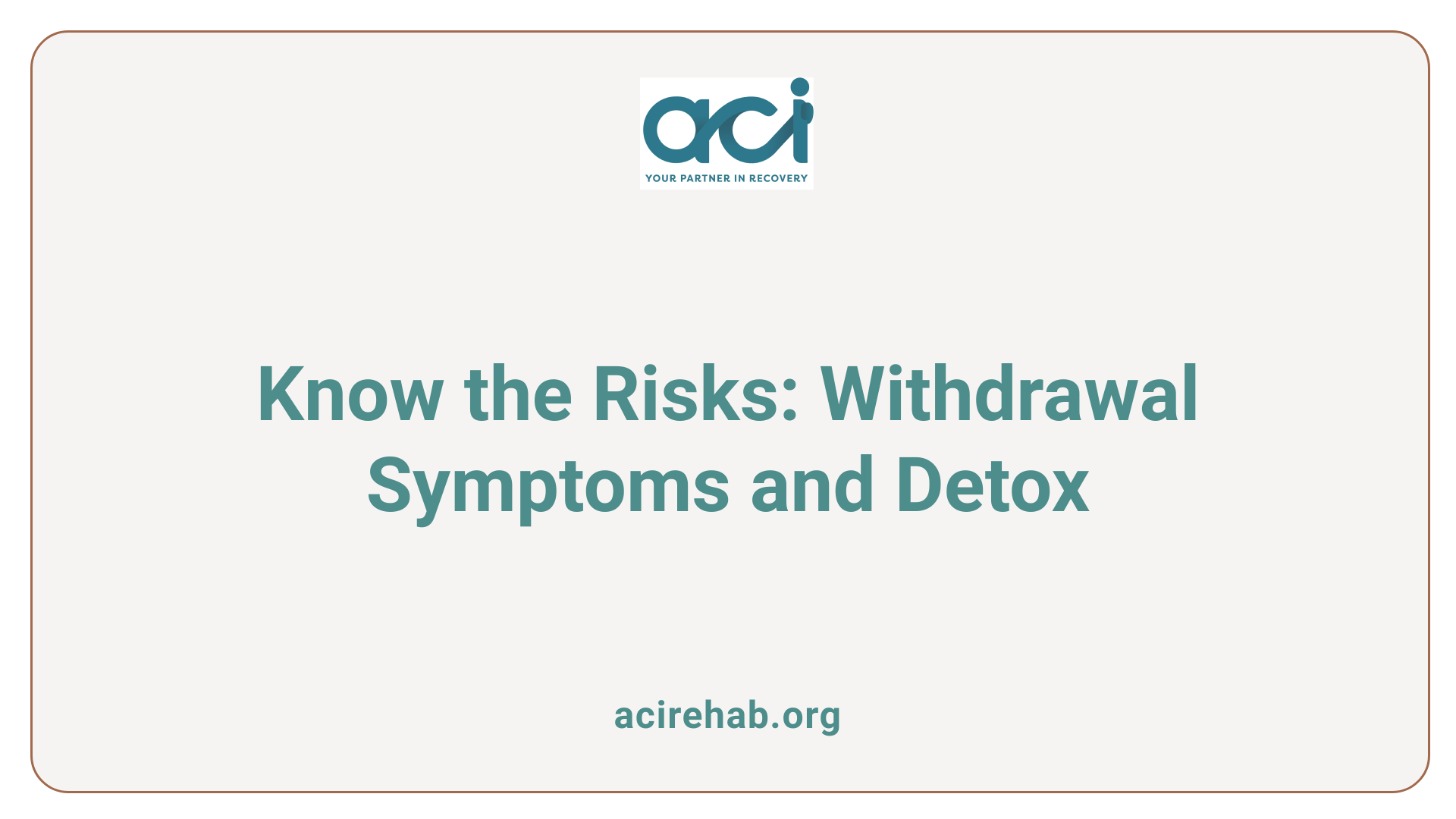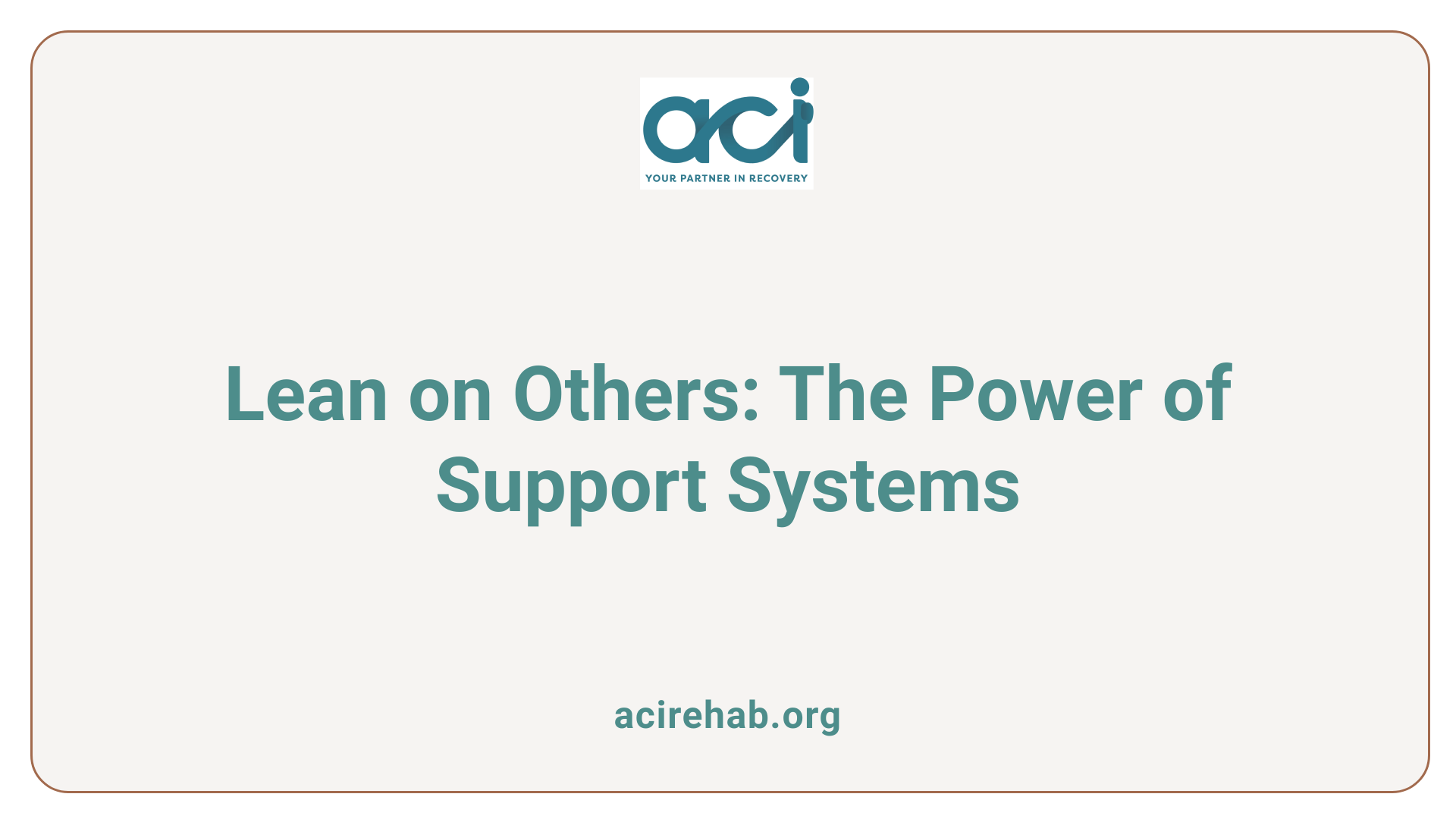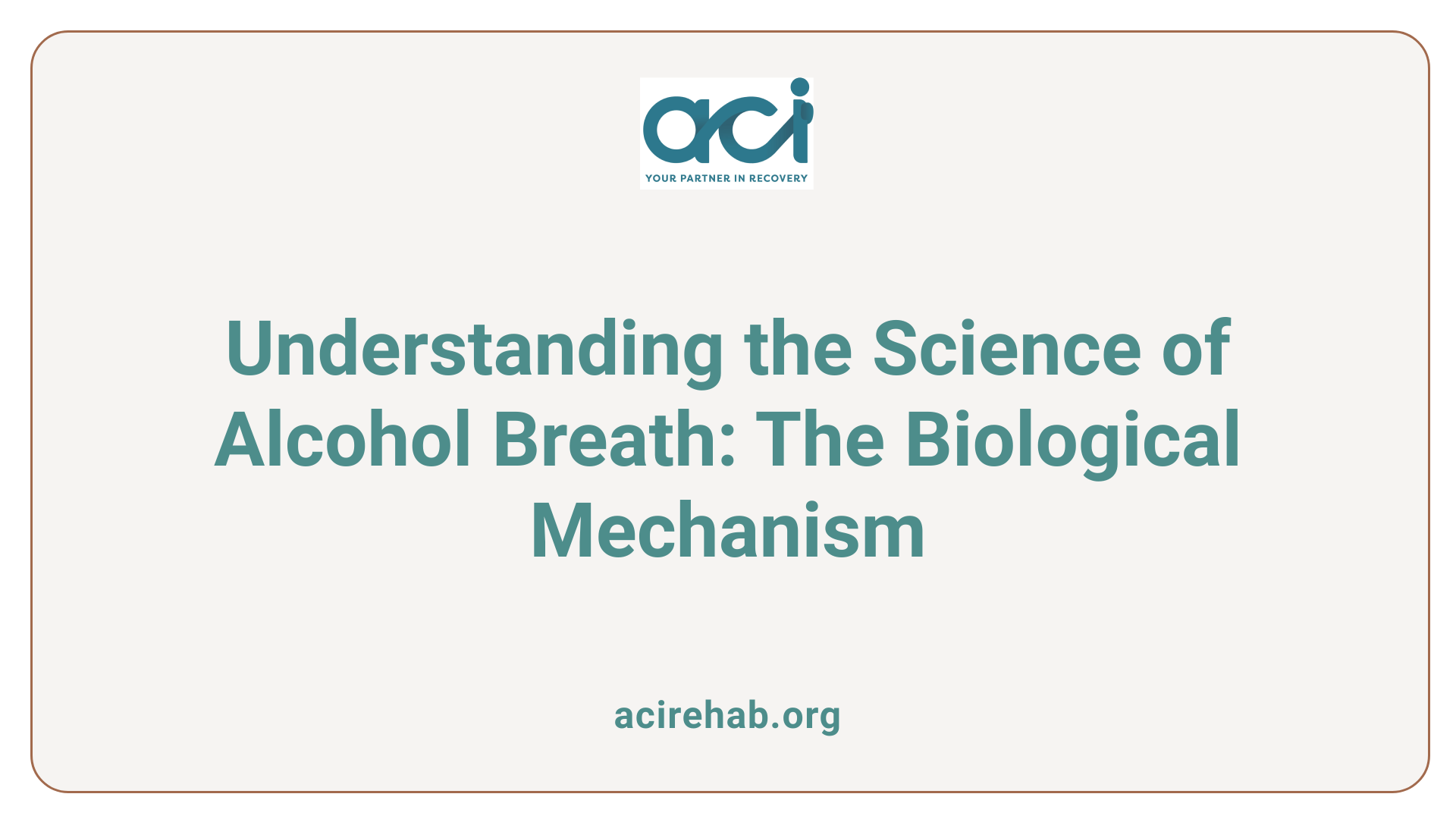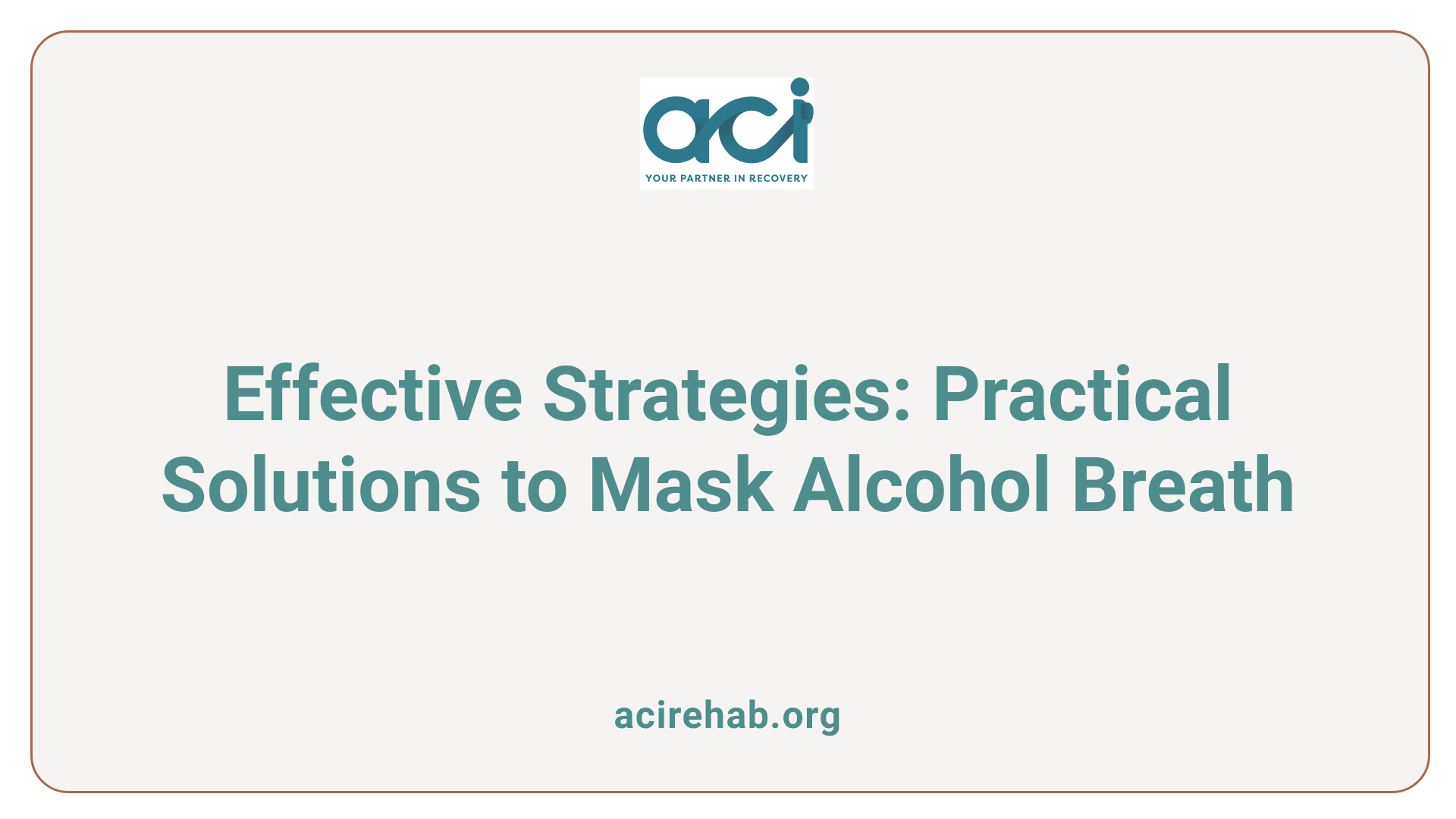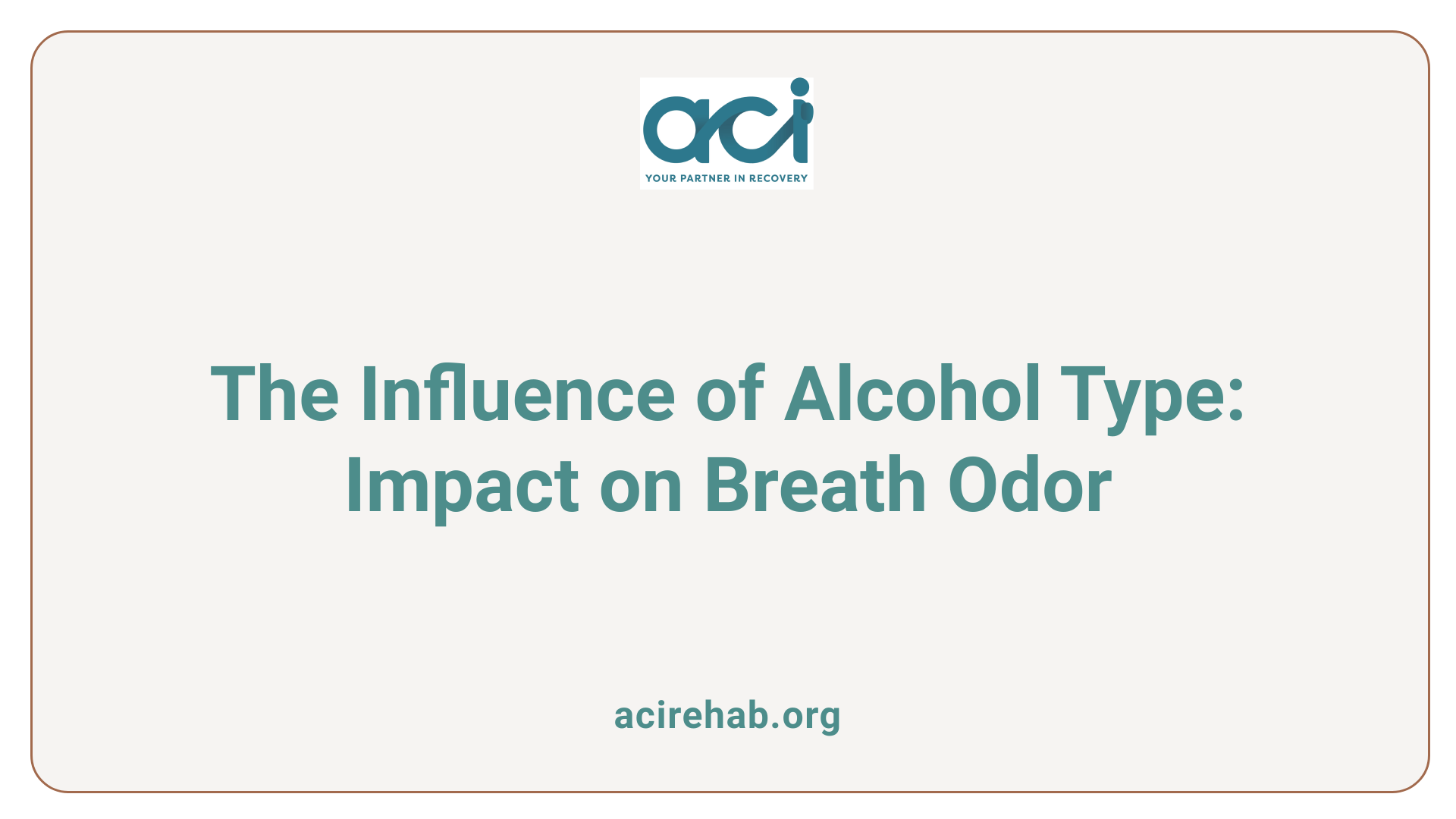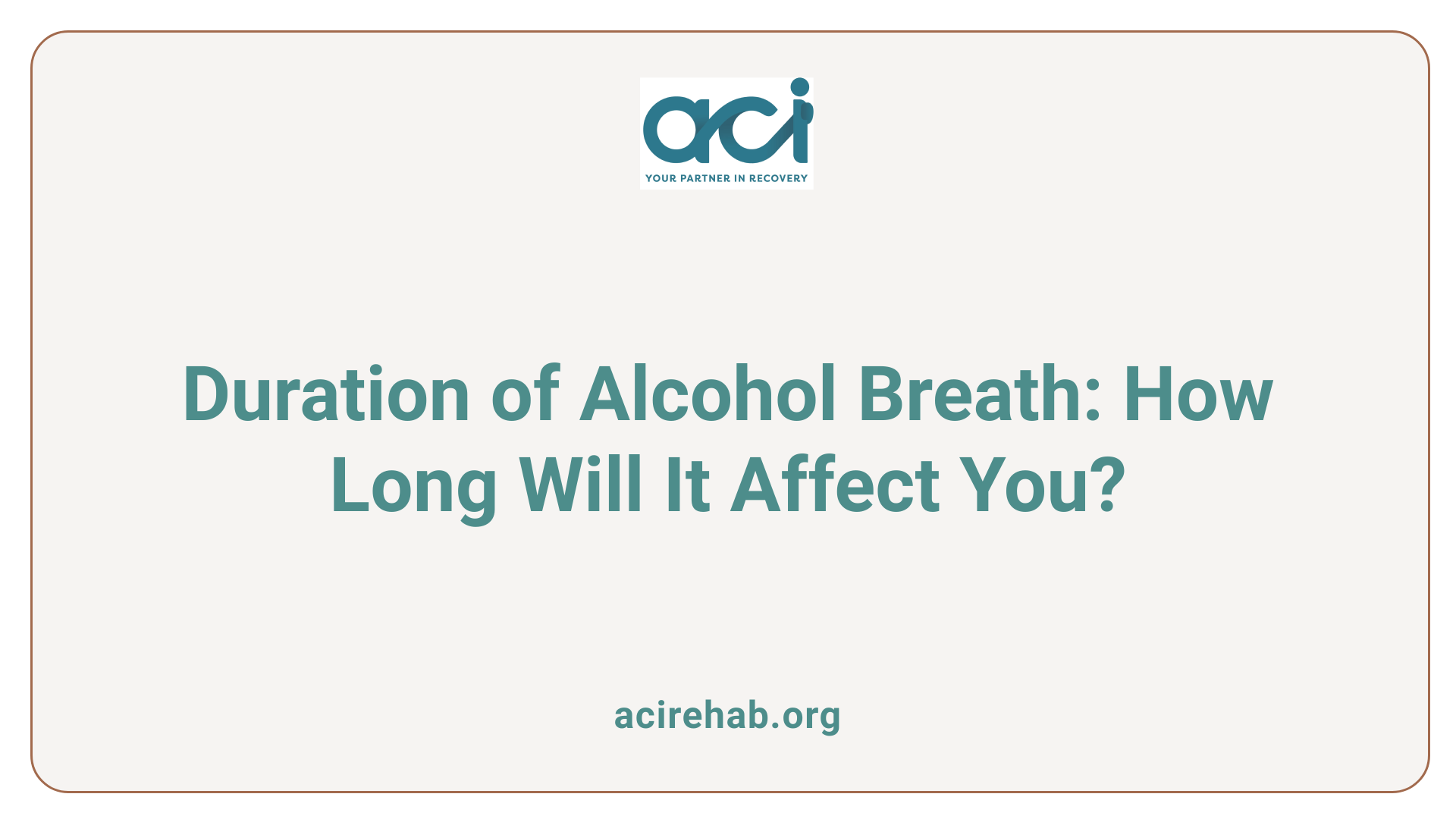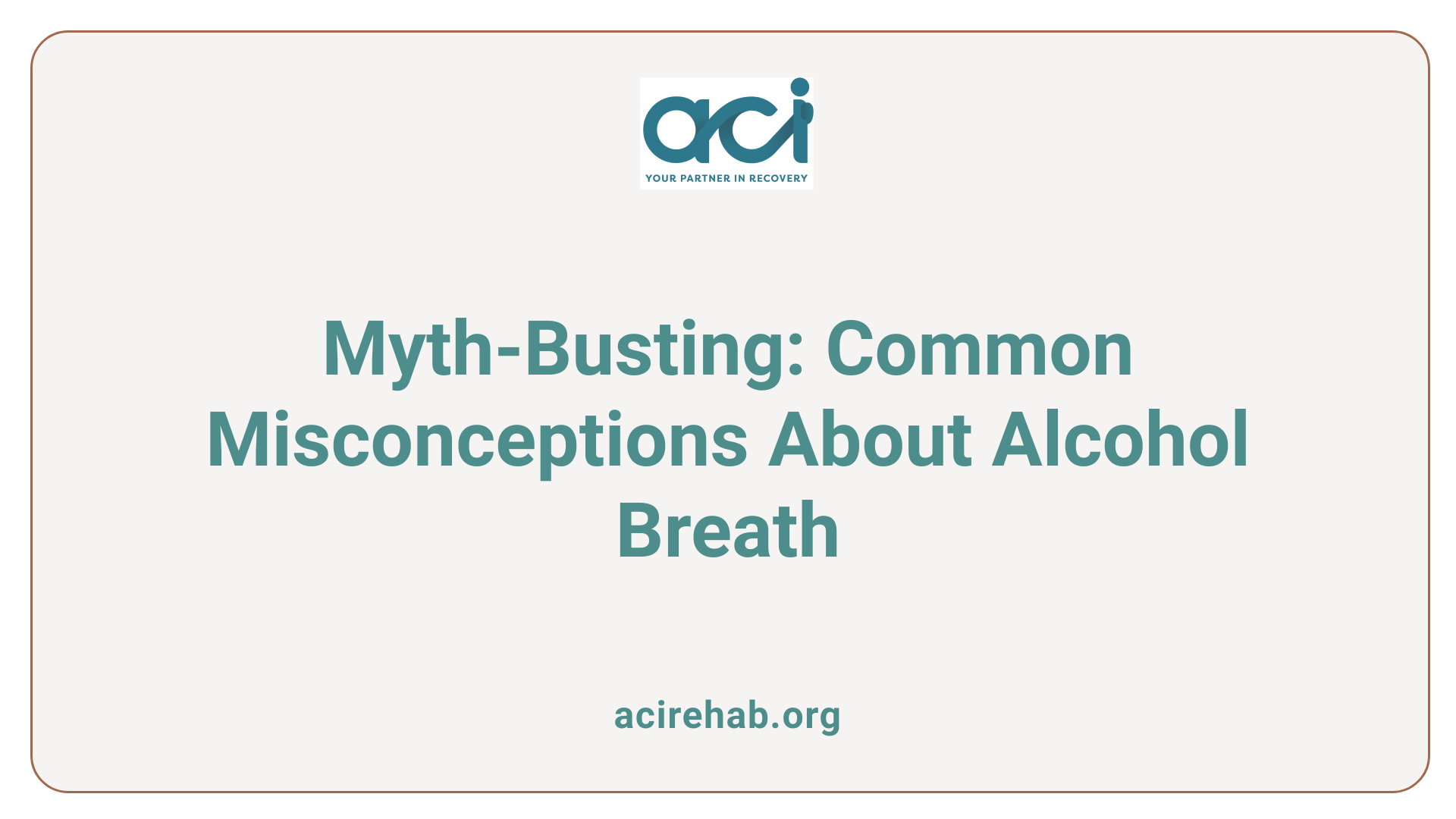Introduction
Alcohol rehab centers are vital resources for individuals seeking to overcome alcohol use disorders. These facilities offer structured environments, expert care, and a range of treatment options tailored to support long-term recovery. Understanding what these centers offer and their role in public health can help individuals make informed decisions about addiction treatment.
Key Facts on Alcohol Rehabilitation
- Inpatient programs provide 24/7 care for 30 to 90 days, focusing solely on recovery.
- Outpatient programs allow individuals to maintain daily responsibilities while receiving treatment, lasting from 3 months to over 1 year.
- The first step in recovery is detoxification, which is medically supervised to ensure safety during withdrawal.
- Effective treatment requires personalized care based on thorough assessments of individual challenges and needs.
- Rehab facilities must adhere to confidentiality standards set forth by HIPAA, ensuring privacy for individuals in treatment.
- Aftercare programs are crucial to sustaining sobriety, significantly reducing relapse rates through ongoing support.
- Approximately 95% of those needing alcohol rehab do not receive the necessary help, highlighting a critical treatment gap.
- In 2022, there were nearly 108,000 deaths in the U.S. attributed to drug overdoses, indicating the urgent need for effective treatment.
- Engagement in support groups like Alcoholics Anonymous (AA) is essential for ongoing recovery and addressing triggers.
- Structured environments in rehab help individuals focus on treatment and reduce the likelihood of relapse by providing consistent support.
1. Comprehensive Treatment Programs
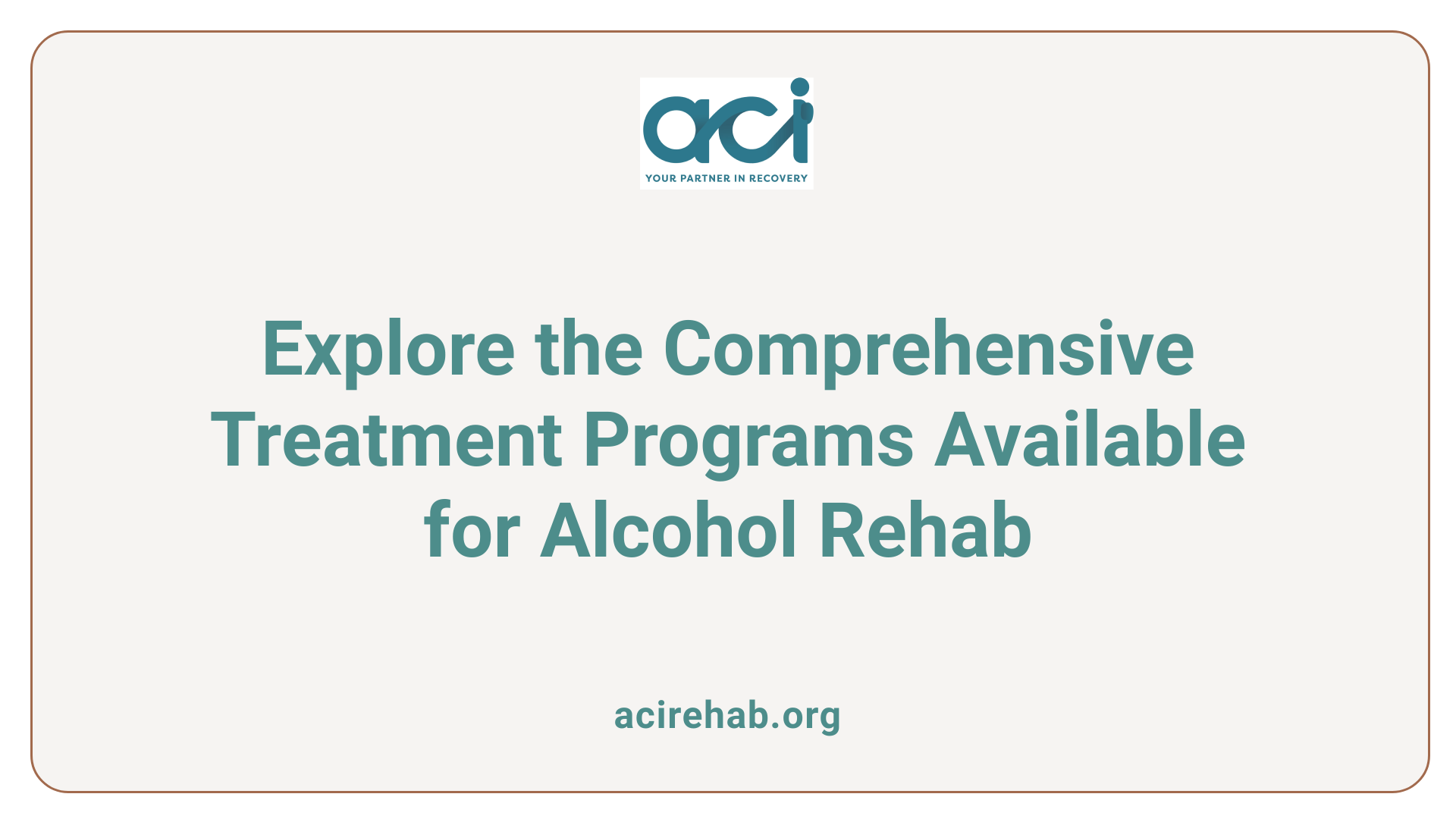
Inpatient and Outpatient Programs
Alcohol rehab centers offer a variety of treatment options tailored to meet the needs of individuals struggling with alcohol use disorders. Inpatient programs provide immersive, 24/7 care, typically lasting from 30 to 90 days. This structured environment allows individuals to focus solely on recovery without the distractions of daily life.
On the other hand, outpatient programs offer more flexibility by allowing patients to maintain their daily responsibilities while attending scheduled therapy sessions. These programs often last from 3 months to over a year, depending on individual needs and the severity of the addiction.
Detoxification and Rehabilitation Processes
The recovery journey begins with detoxification, a medically supervised phase designed to eliminate alcohol from the body safely. Detox can be conducted in either inpatient or outpatient settings, depending on the person’s condition and withdrawal risk.
Following detox, the rehabilitation process focuses on helping individuals learn coping skills and strategies to prevent relapse. This phase could include various therapies, such as Cognitive Behavioral Therapy (CBT), which targets negative thought patterns related to alcohol use, and social support groups that foster community.
Holistic and Individualized Treatment Plans
A hallmark of effective alcohol rehab centers is the use of individualized treatment plans. Prior to treatment, professionals conduct comprehensive assessments to evaluate the specific challenges each individual faces. This allows for the creation of a personalized plan that incorporates different therapeutic approaches, including holistic methods that address mental, emotional, and spiritual well-being.
Programs might involve alternative therapies like yoga, art therapy, or mindfulness practices, which complement traditional counseling and support services.
Importance of a Structured Environment
A structured environment is vital in rehab settings as it provides consistency and support crucial for recovery. Inpatient rehab centers create a safe space where individuals can focus on their treatment protocols without the pressures or triggers of their everyday surroundings. This environment aids in reducing the likelihood of relapse and enhances accountability among peers who are on similar journeys.
Through structured routines, patients engage in therapeutic activities, participate in group sessions, and cultivate coping strategies crucial for long-term sobriety.
| Treatment Type | Duration | Key Features |
|---|---|---|
| Inpatient Programs | 30 to 90 days | 24/7 care, intense therapy |
| Outpatient Programs | 3 months to over 1 year | Flexible scheduling, continued support |
| Detoxification | Varies | Medical supervision, withdrawal management |
| Holistic Approaches | Ongoing | Integrative therapies (yoga, art therapy) |
Together, these elements form a robust framework that not only addresses the immediate needs of those seeking help but also inspires sustainable change in their lives.
2. Qualified and Specialized Staff
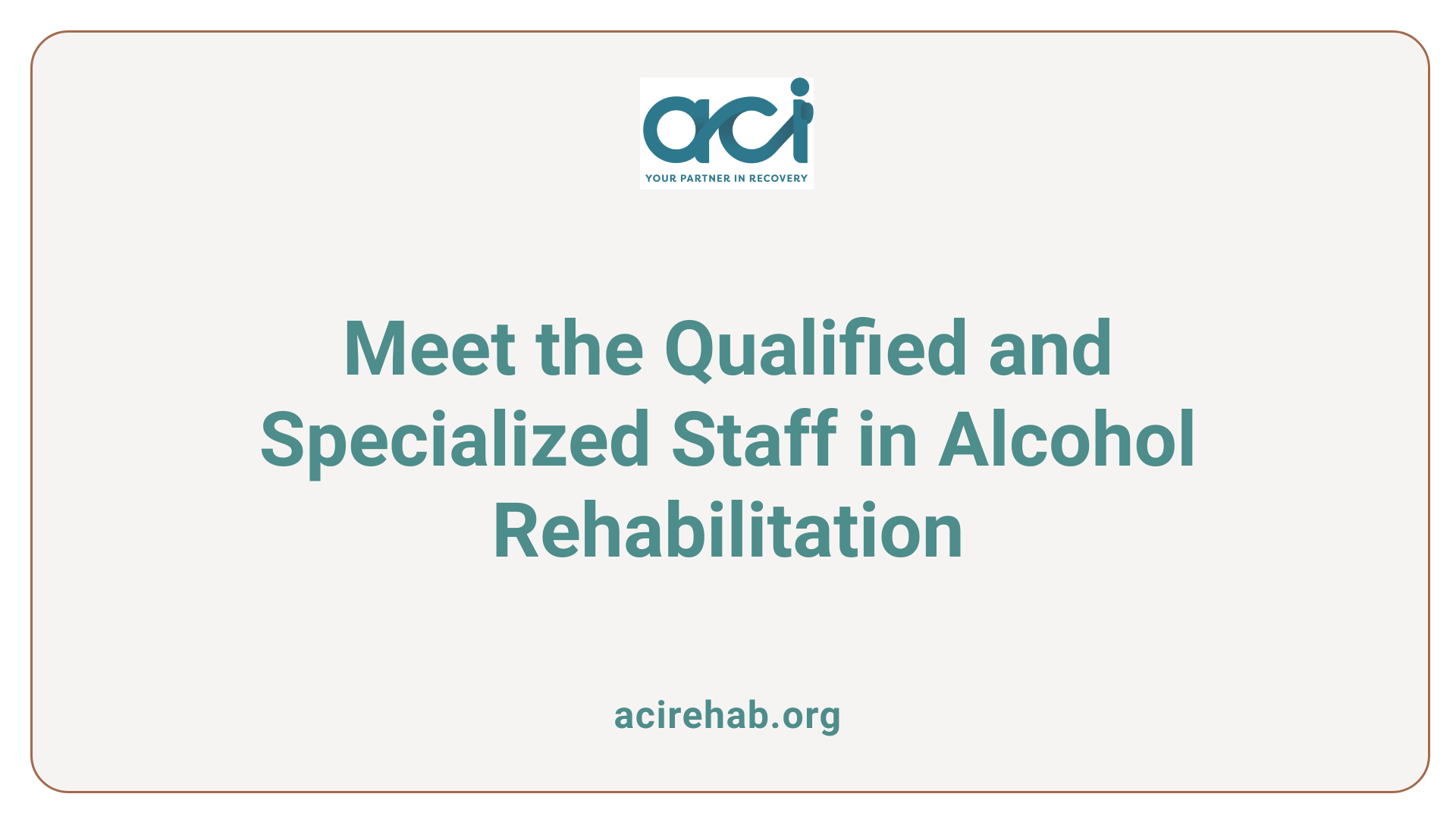
Role of Medical and Counseling Professionals
Alcohol rehab centers are staffed by a diverse group of qualified professionals, including medical doctors, psychologists, counselors, and nursing staff. This multidisciplinary team plays a crucial role in providing comprehensive care tailored to an individual’s unique recovery needs. Medical professionals ensure that patients receive the necessary medical attention, particularly during detox, while therapists address the psychological aspects of addiction through various therapeutic modalities.
Evidence-Based Treatment Approaches
To enhance recovery outcomes, rehab facilities implement evidence-based treatment approaches like Cognitive Behavioral Therapy (CBT). These methods are grounded in scientific research and have been proven effective for treating alcohol use disorders. By addressing the underlying thought patterns and behaviors associated with addiction, these therapies help individuals develop coping skills essential for long-term sobriety.
Accreditation of Facilities
Accreditation is a hallmark of quality in treatment programs. Facilities accredited by recognized bodies, such as the Joint Commission or CARF, have undergone rigorous evaluations to ensure they meet established standards for care. Unfortunately, as of 2020, only about 30% of addiction treatment programs were CARF accredited, which highlights the importance of seeking accredited centers for effective recovery support. Accredited facilities are more likely to employ qualified staff and maintain high treatment standards, ultimately benefiting those seeking help for alcohol dependency.
3. Importance of Aftercare and Relapse Prevention
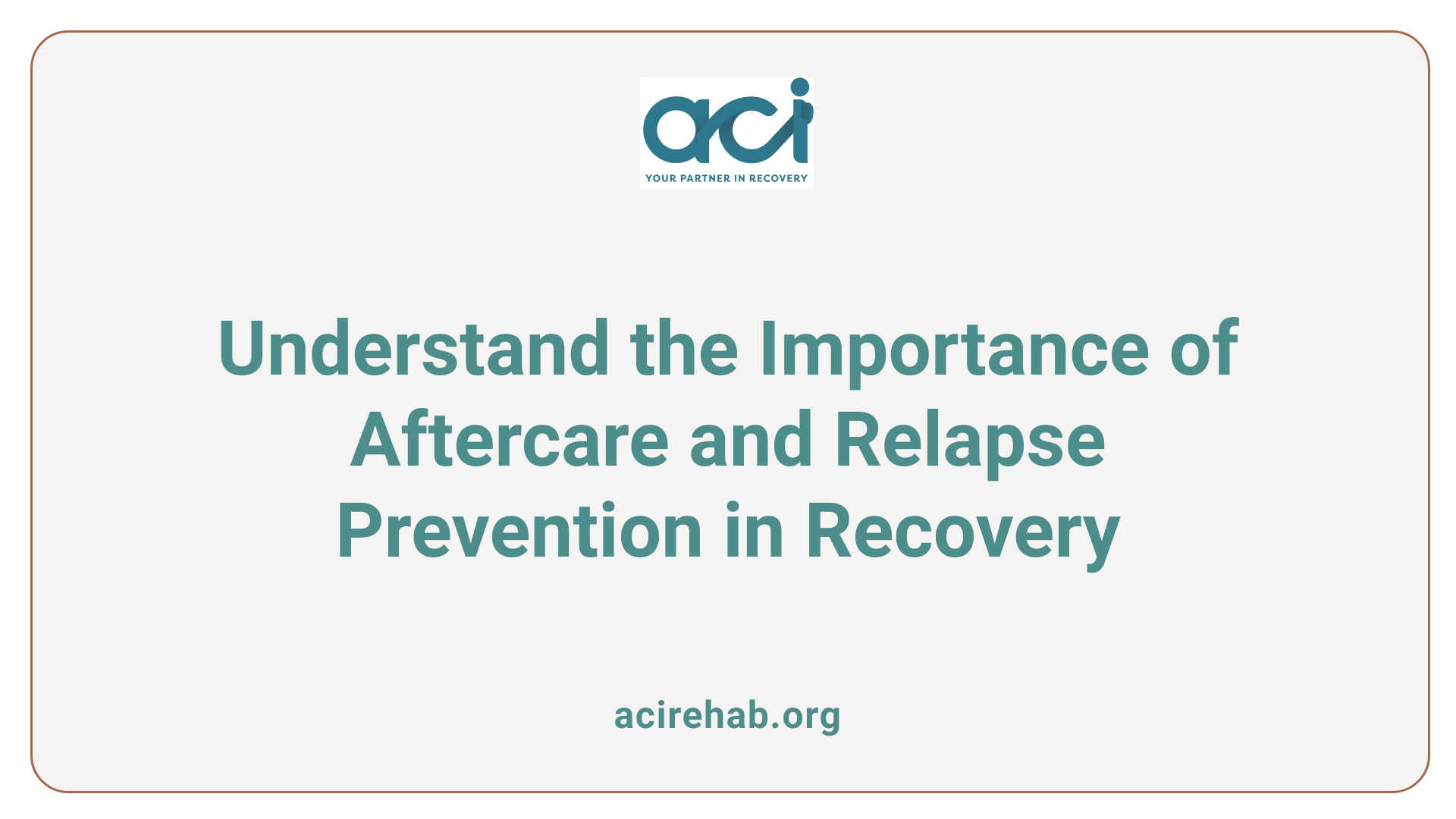
Aftercare Planning and Support Groups
Aftercare programs are crucial in maintaining long-term sobriety after treatment. These programs provide ongoing support through various means, including participation in support groups such as Alcoholics Anonymous (AA) and continued therapy sessions. Engaging with these resources helps individuals address triggers, share experiences, and develop coping mechanisms essential for recovery.
Furthermore, comprehensive aftercare plans will often involve personalized strategies tailored to each individual’s needs, ensuring they remain connected to their support networks as they transition back into daily life.
Relapse Rates and Long-Term Recovery
Understanding relapse rates is vital for anyone recovering from substance use disorders. Studies indicate that 40-60% of individuals may experience a relapse, especially during the first year of recovery. Yet, with the right support in place, including aftercare programs, the likelihood of sustaining sobriety increases significantly. In fact, professional treatment can help improve success rates for maintaining sobriety to at least 40%.
Those who actively engage in aftercare and support groups often report fewer setbacks and a more stable recovery journey. Continuous monitoring and emotional support can make a substantial difference in long-term outcomes.
Role of Sober Living Homes and Alumni Organizations
Sober living homes offer individuals a structured and supportive environment conducive to recovery after inpatient treatment. They provide a drug- and alcohol-free living space, promoting accountability while allowing residents to reintegrate into society gradually. This setting has proven beneficial, with many residents achieving more days of sobriety compared to those not participating in such programs.
Additionally, alumni organizations play a pivotal role by creating a community among recovering individuals. They foster ongoing connections and encourage accountability, reinforcing the commitment to sobriety through shared experiences and mutual support. Together, sober living and alumni networks enhance the aftercare continuum, significantly enhancing recovery prospects.
4. Confidentiality and Privacy
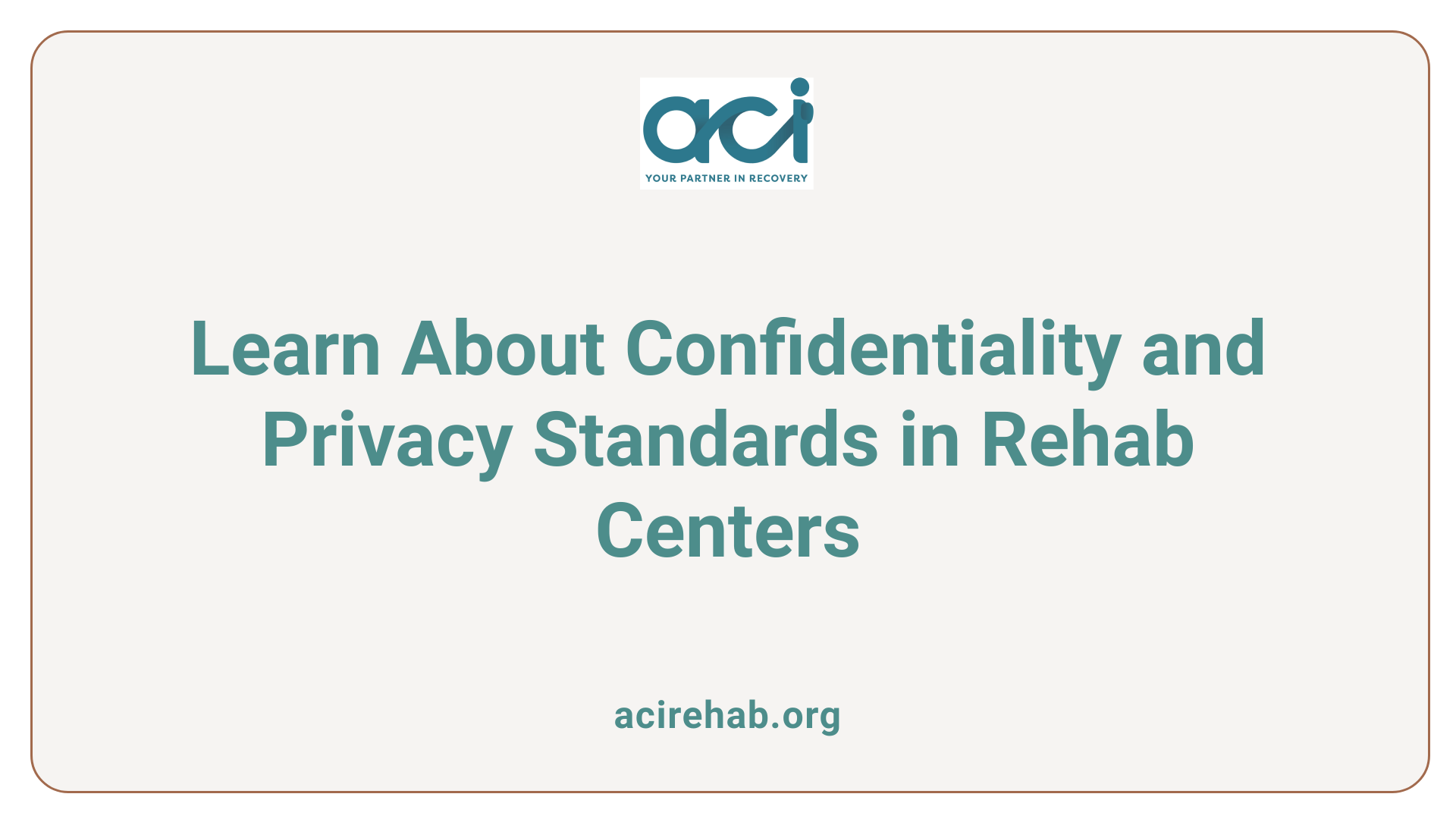
Confidentiality Standards
Alcohol rehab centers are rigorously governed by confidentiality standards set forth by laws like HIPAA and CFR Title 42 Part 2. These regulations ensure that personal information shared during treatment remains protected. This legal framework is crucial for allowing individuals to seek help without the fear of their personal struggles becoming public knowledge. Privacy is not just a legal obligation but a fundamental part of the therapeutic process.
Creating a Trusting Environment for Recovery
To create a trusting environment, rehab centers prioritize confidentiality throughout the treatment process. When individuals know their privacy is safeguarded, they are more likely to open up about their struggles, share personal experiences, and engage fully in therapeutic sessions. This openness fosters deeper connections with therapists and peers, crucial for effective recovery.
Importance of Privacy for Open Communication
Privacy plays a significant role in enhancing open communication between patients and treatment providers. By allowing individuals to discuss their issues candidly, treatment centers can tailor therapies to specific needs. Moreover, the assurance that their information will not be disclosed encourages participants to address difficult topics, which can be instrumental in addressing the root causes of addiction. Specifically, creating an atmosphere where individuals feel secure in sharing their experiences can significantly uplift the overall effectiveness of addiction treatment.
5. Public Health Impact and Accessibility
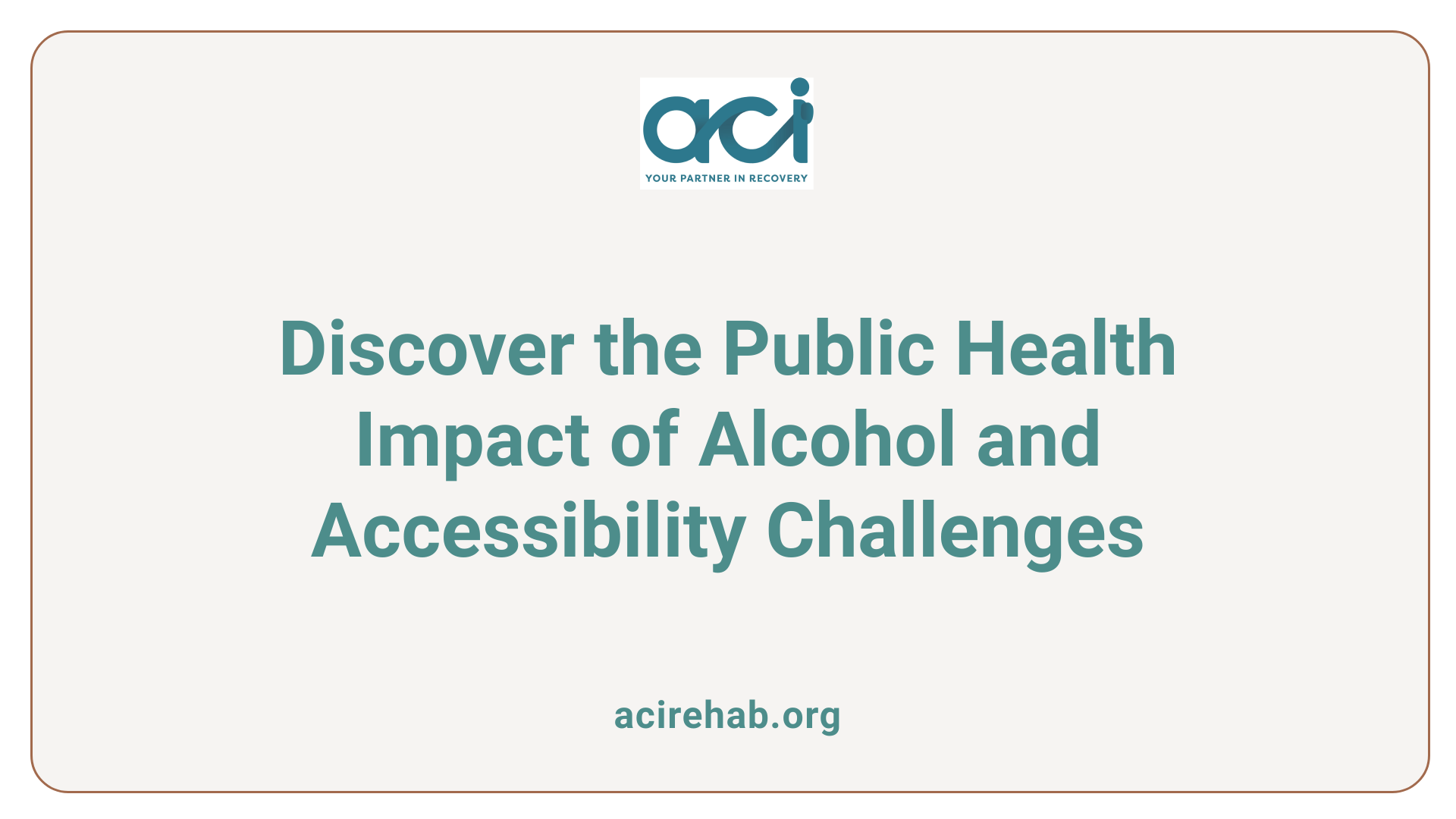
Treatment Gap Statistics and Challenges
In the United States, approximately 40 million people aged 12 and older required treatment for substance use disorders in 2020. However, only around 4 million received such treatment, indicating a staggering treatment gap that leaves many individuals without vital support. For alcohol use disorder alone, the statistics are even more alarming; in 2023, over 95% of those needing rehab did not receive it, emphasizing the urgent need for accessible treatment options.
Importance of Accessibility and Support Services
Accessibility to quality treatment is critical for addressing alcohol addiction and its repercussions. SAMHSA’s National Helpline demonstrated a significant increase in calls, with over 833,000 received in 2020, highlighting a growing demand for support. This helpline connects individuals with state-funded treatment programs that do not require insurance, reflecting a crucial aspect of enhancing accessibility. Understanding that 90% of individuals needing drug rehab do not receive it underscores the necessity for comprehensive support services aimed at bridging this gap.
Role in Addressing Public Health Issues Related to Alcohol Use
Alcohol addiction contributes significantly to public health challenges, including a notable correlation with violent crimes and traffic accidents, where alcohol is often a factor. With nearly 108,000 deaths in the U.S. from drug overdoses in 2022 alone, addressing alcohol use disorder through rehab centers is vital for reducing these statistics. Effective alcohol rehab centers not only provide structured environments and evidence-based treatments but also prioritize aftercare, which is essential for maintaining sobriety and reducing relapse rates. By fostering recovery through robust support networks and individualized care plans, these facilities play a pivotal role in healing individuals and communities alike.
| Topic | Insight | Impact |
|---|---|---|
| Treatment Gap | 4 million out of 40 million received treatment | Urgent |
| Call Volume at Helpline | 833,598 calls in 2020 | Demand |
| Public Health Statistics | 108,000 drug overdose deaths in 2022 | Severity |
| Importance of Aftercare | Reduces relapse rates | Recovery |
What to Expect in a Rehab Center
What happens when you go to a rehab center?
When you enter a rehab center, you’re welcomed into a structured environment tailored to support your recovery from substance use disorders. A typical day in rehabilitation includes a variety of scheduled activities designed to promote healing and personal growth.
Typically, your day will involve:
- Therapy Sessions: Individual and group therapy to address underlying issues and share experiences.
- Daily Routines: Regular meals, physical activities, and meditation sessions to foster a sense of normalcy.
- Recreational Activities: Opportunities for hobbies and socialization that contribute to overall well-being.
Treatment lengths generally range from 30 to 90 days, providing comprehensive 24/7 support in a secure atmosphere. This structure is vital for individuals combating long-term addiction challenges.
With a focus on developing coping strategies for triggers, the rehab experience equips you with essential tools for maintaining sobriety post-treatment. You’ll also begin forming a supportive network with peers, crucial for fostering ongoing recovery.
Ultimately, the goal of rehab is to help you abandon substance use, establish a sustainable sober lifestyle, and navigate life’s challenges while remaining drug-free.
The Fundamental Steps in Treating Alcoholism
What is the most crucial step in the treatment of alcoholism?
The most crucial step in treating alcoholism is the commitment to stop alcohol use. This decision can drastically improve an individual’s quality of life and sets the foundation for recovery. It typically begins with a healthcare provider’s assessment of the severity of alcohol use through interviews, physical exams, and psychological evaluations.
Professional and medical assessments
Once a commitment is made, a comprehensive medical assessment is vital. This process may include screening for co-occurring mental health disorders. Following the evaluation, individuals may require a medically supervised detox, which usually lasts between 2 to 7 days. Detox is crucial in managing withdrawal symptoms safely, which can range from mild discomfort to severe complications.
Role of detoxification and counseling
Psychological counseling is a critical next step, addressing both the emotional aspects of the addiction. Therapy options, such as cognitive behavioral therapy (CBT), aim to uncover the root causes of alcohol dependency. Additionally, medications can be prescribed to help manage cravings and mitigate the risk of relapse. After detox and initial treatment, continuing care through aftercare programs, support groups, and alumni organizations is essential for maintaining long-term sobriety and reducing relapse risks.
| Step | Description | Duration/Note |
|---|---|---|
| Commitment to quit | Decision to stop alcohol use | Foundation for recovery |
| Professional assessment | Comprehensive evaluation by healthcare provider | Initial assessment |
| Detoxification | Medically supervised process to manage withdrawal symptoms | Typically 2 to 7 days |
| Psychological counseling | Therapy to address emotional and psychological aspects | Ongoing support |
| Aftercare support | Programs and groups to maintain sobriety | Continuous for long-term recovery |
Understanding the Health Repercussions of Alcohol
What are the health effects of alcohol?
Alcohol can have significant health effects, both in the short term and long term. Excessive alcohol consumption can lead to critical brain impairment, increased risk of liver cirrhosis, and other serious diseases. It is recognized as a widespread mental health disorder that affects not only the individual but also impacts personal, social, and professional relationships.
The consequences of alcohol use are multifaceted. Short-term effects might include impaired judgment, coordination issues, and an increased likelihood of accidents or injuries. Binge drinking, defined as consuming more than five drinks for men and more than four for women within a two-hour period, markedly heightens these risks, including alcohol poisoning.
In the long-term, chronic alcohol abuse can lead to permanent damage to vital organs, particularly causing liver diseases such as cirrhosis and increasing the risks of some cancers. Additionally, individuals may experience psychological impacts, including anxiety and depression, as alcohol can worsen or contribute to these mental health conditions.
Raising awareness and promoting responsible drinking, especially among vulnerable populations like college students, is essential in mitigating the harmful effects of alcohol on health and society. Encouraging safe consumption habits can help reduce the incidence of alcohol-related health issues and improve overall public wellness.
Conclusion
Alcohol rehab centers play an invaluable role in assisting individuals to reclaim their lives from the grips of alcohol addiction. With comprehensive treatment options, specialized staff, and a solid framework for aftercare and recovery, these centers are indispensable in the journey toward sustained sobriety. As awareness and understanding of their functions increase, so too will the effectiveness of the support they provide, ensuring more individuals find the help they need. Understanding these key facts empowers you to make informed decisions about seeking recovery for yourself or a loved one.
References
- SAMHSA’s National Helpline
- 5 Important Facts You Should Know About An Alcohol Rehab Center
- 5 Key Facts About Alcohol Rehab Centers | Samba Recovery
- 5 Important Facts You Should Know About An Alcohol Rehab Center
- 5 Important Facts You Should Know About Alcohol Rehab Centers
- 5 Key Facts You Should Know About Choosing an Alcohol Rehab …
- 5 Key Facts About Alcohol Rehab Centers – Recovery Home




